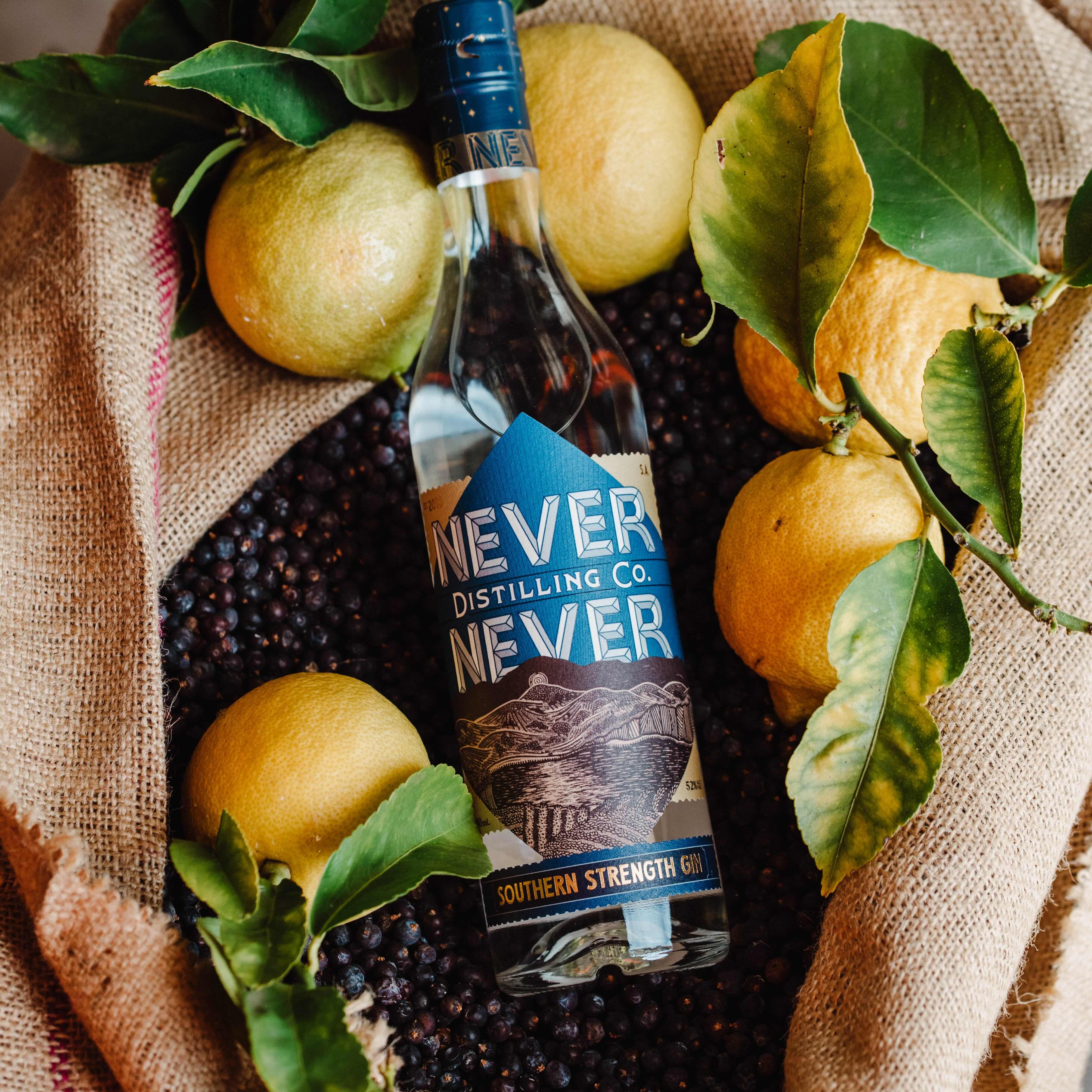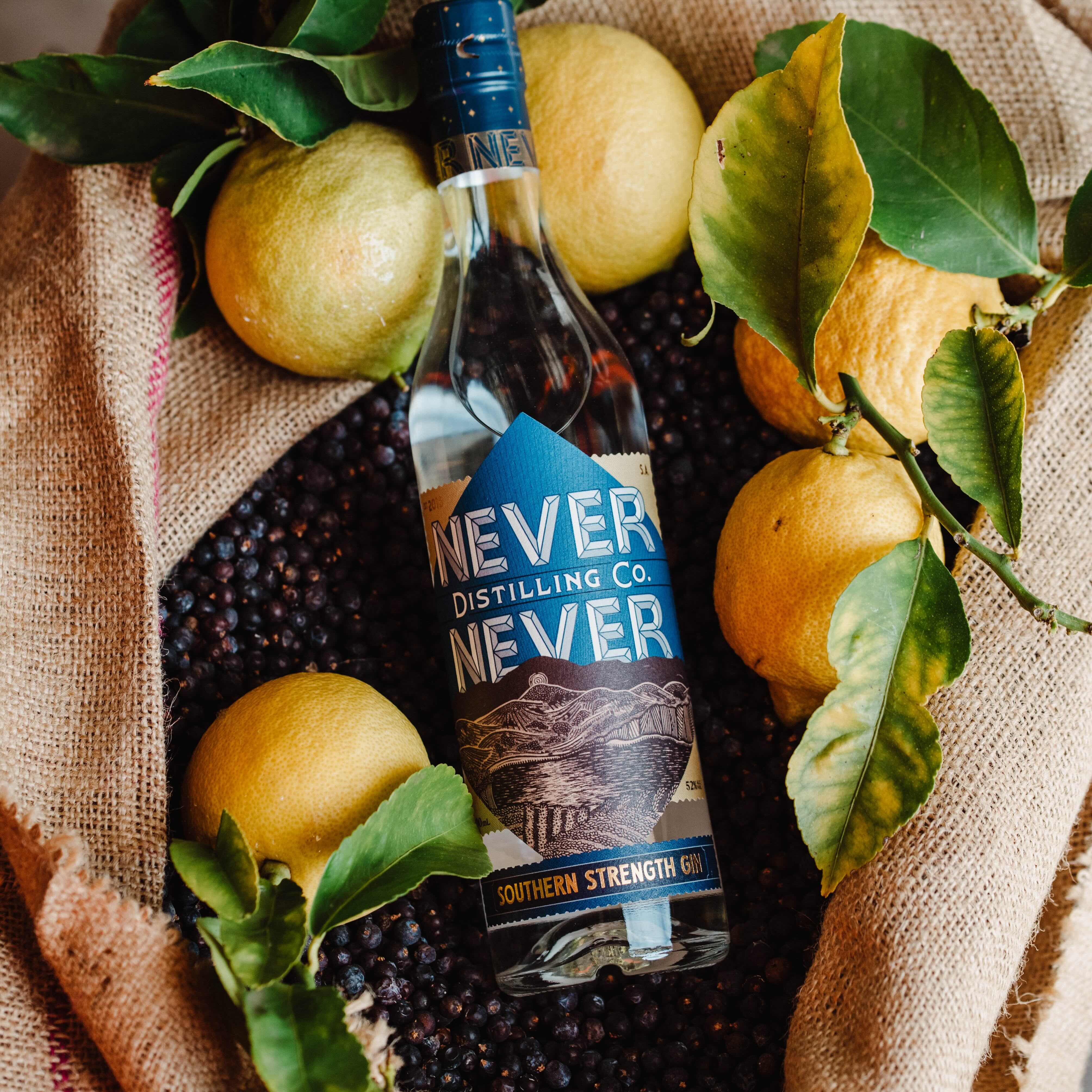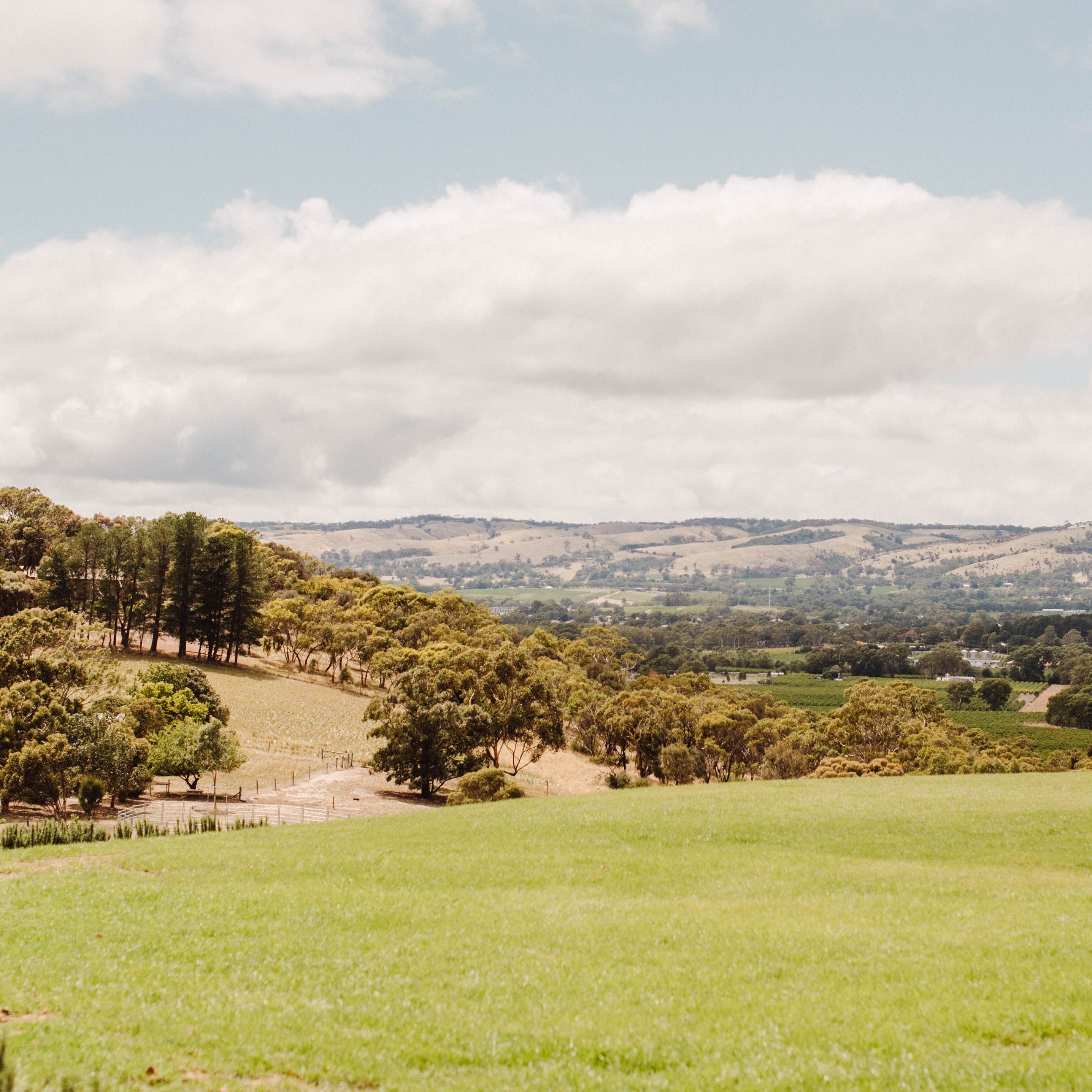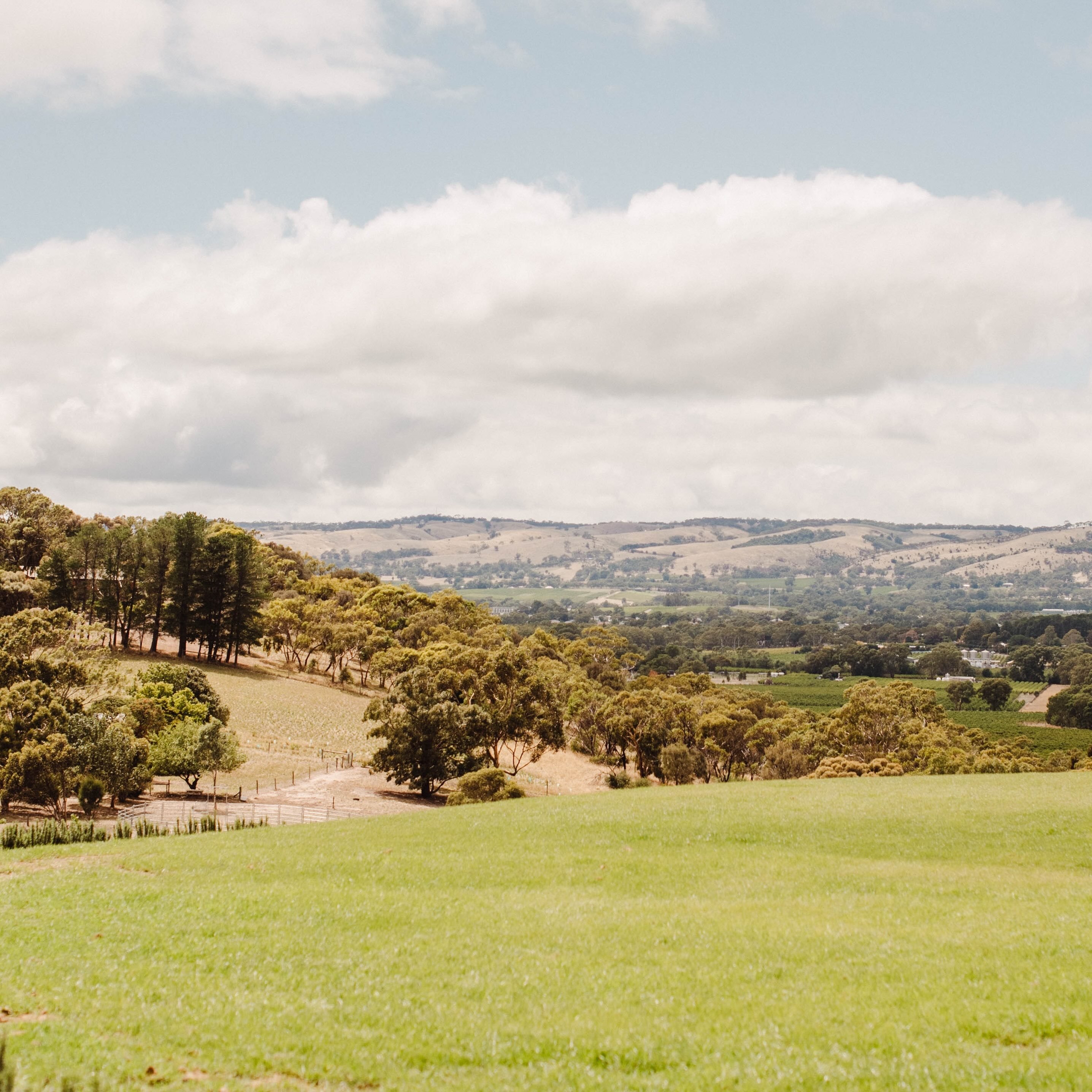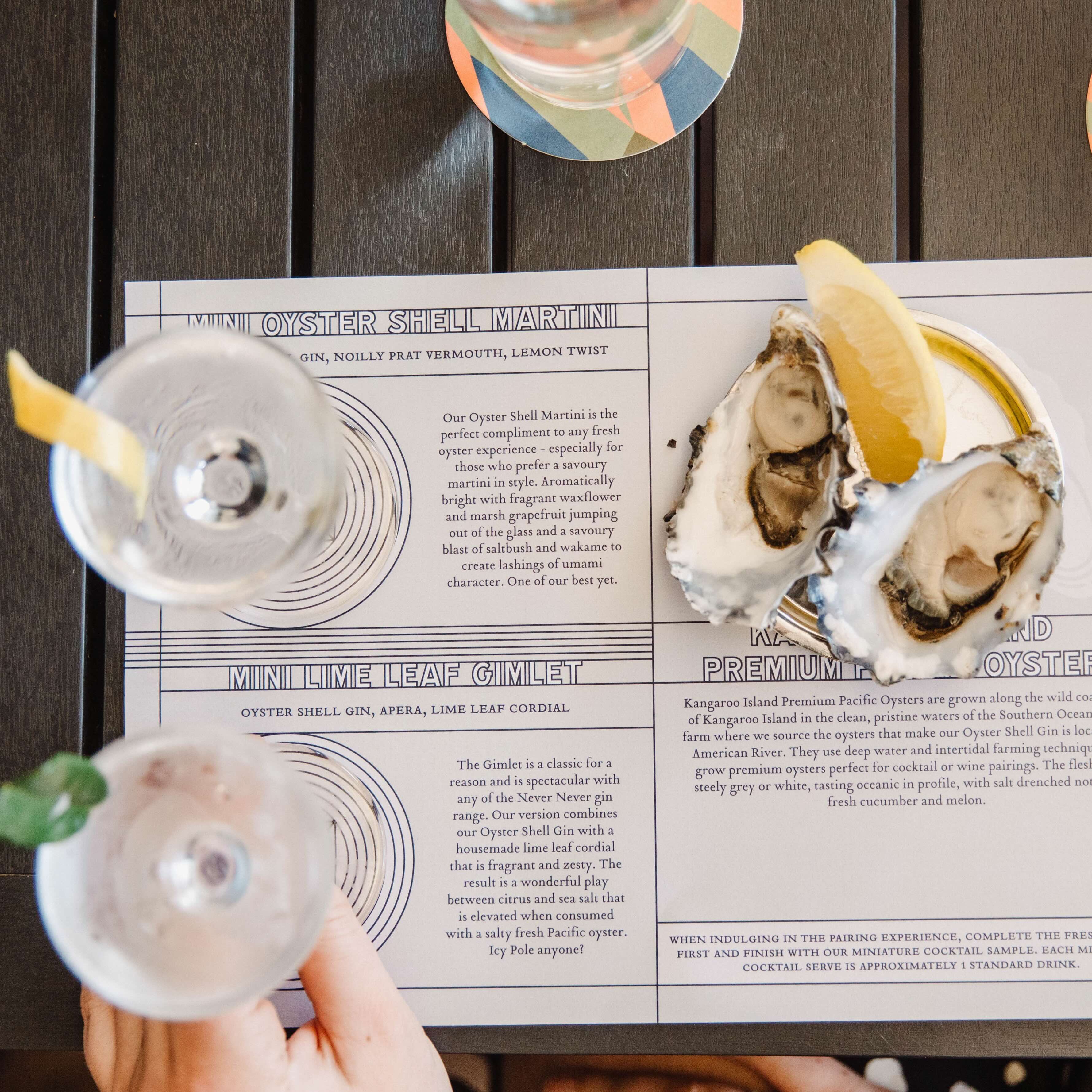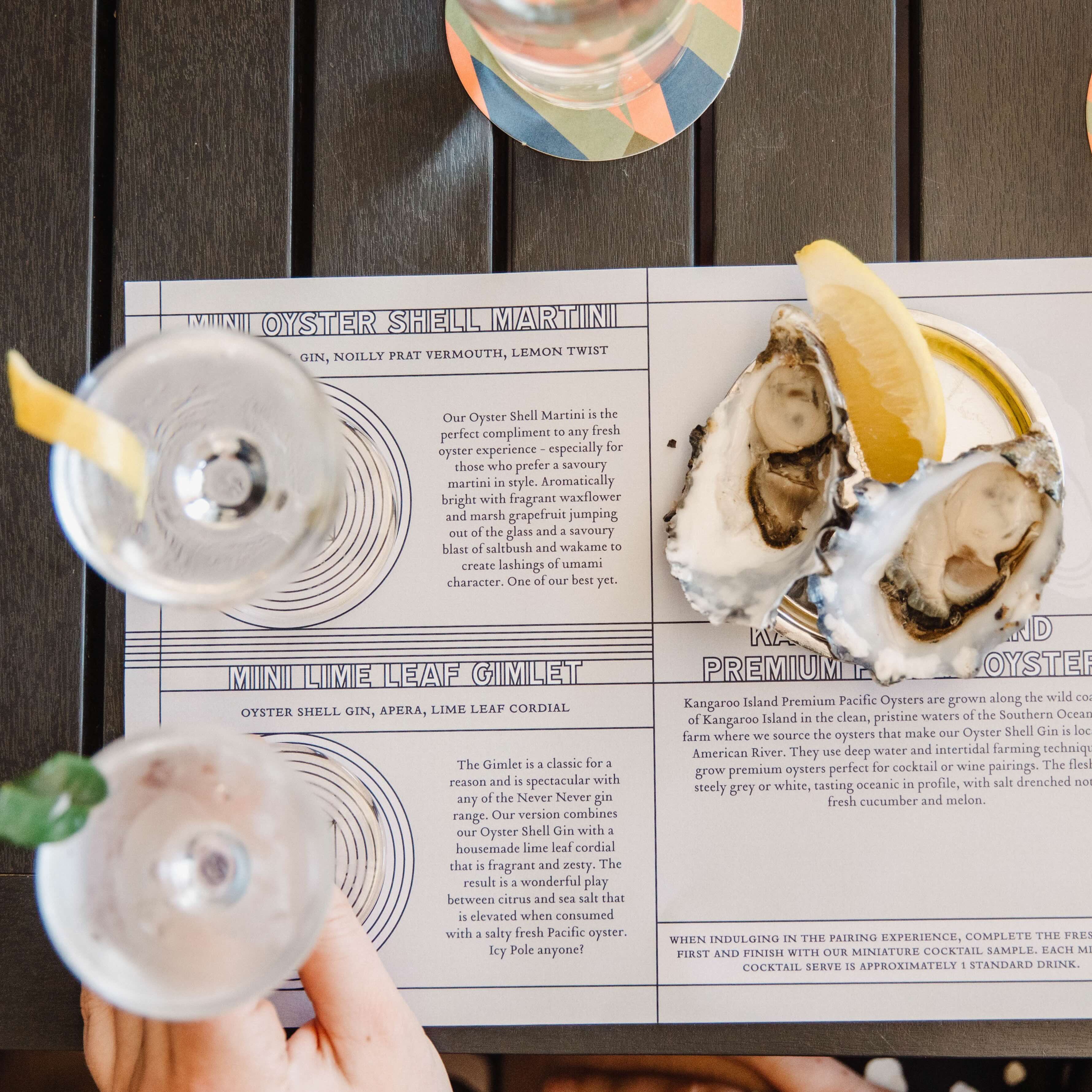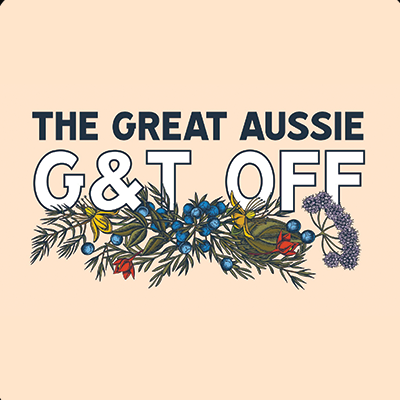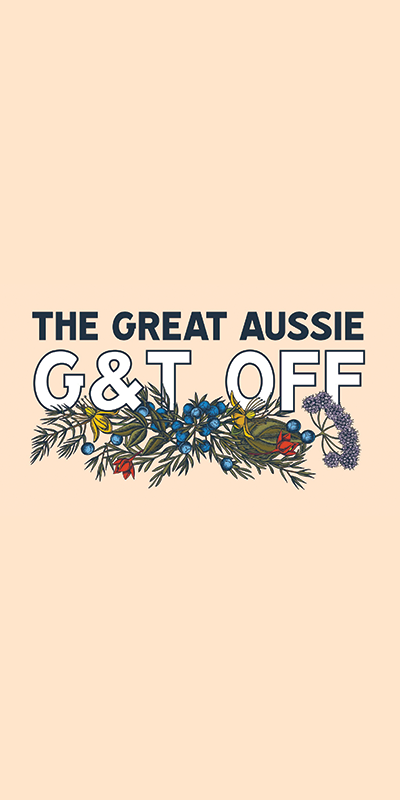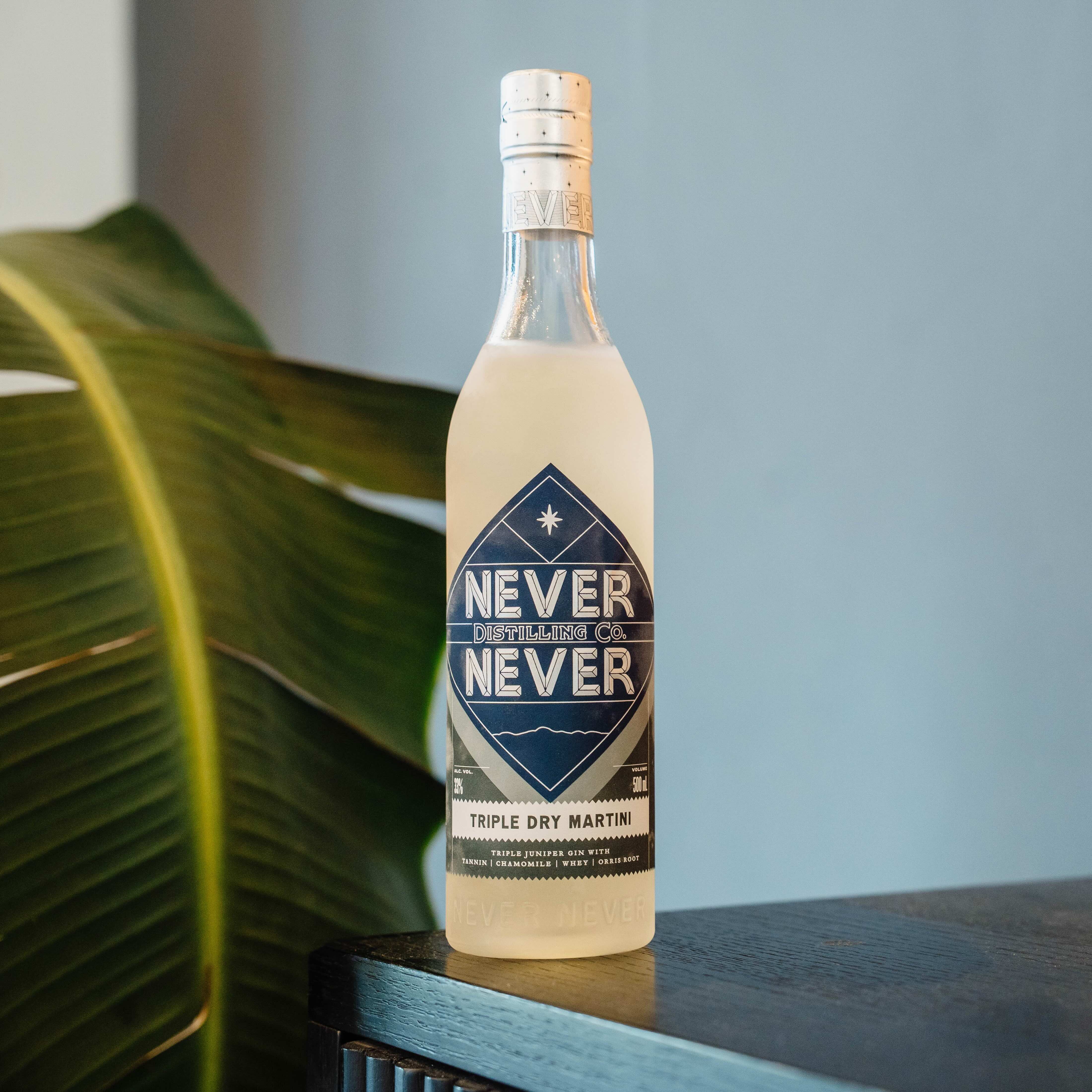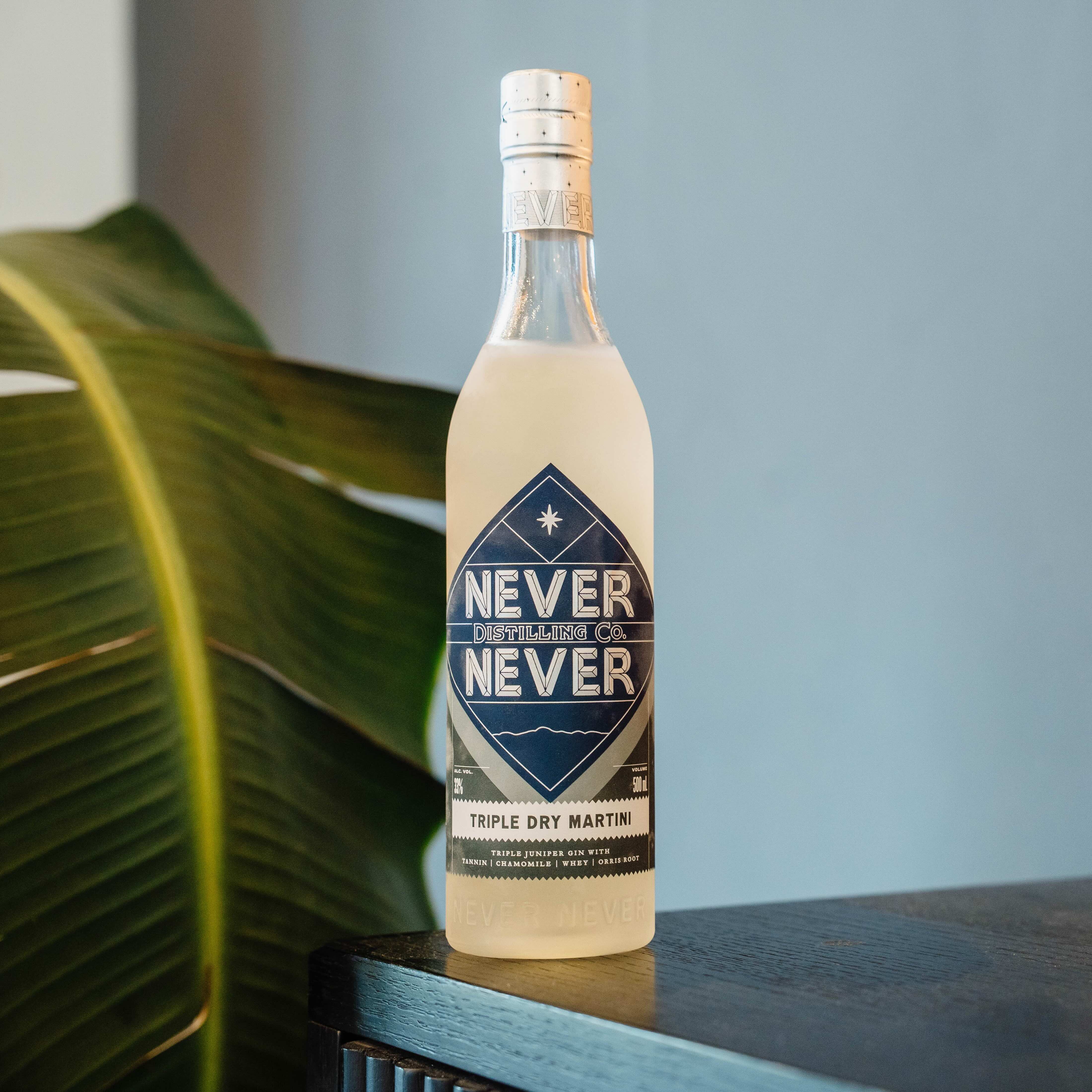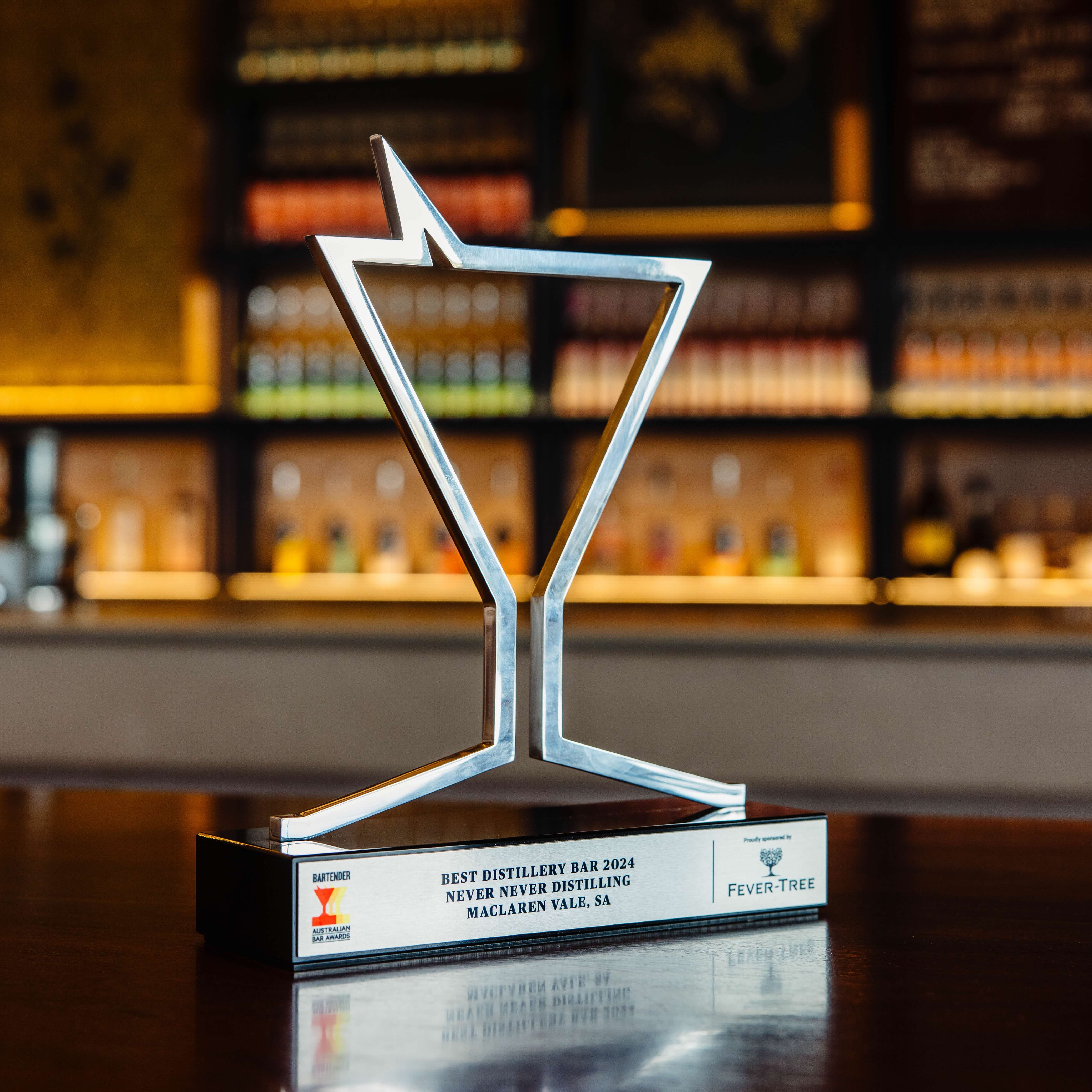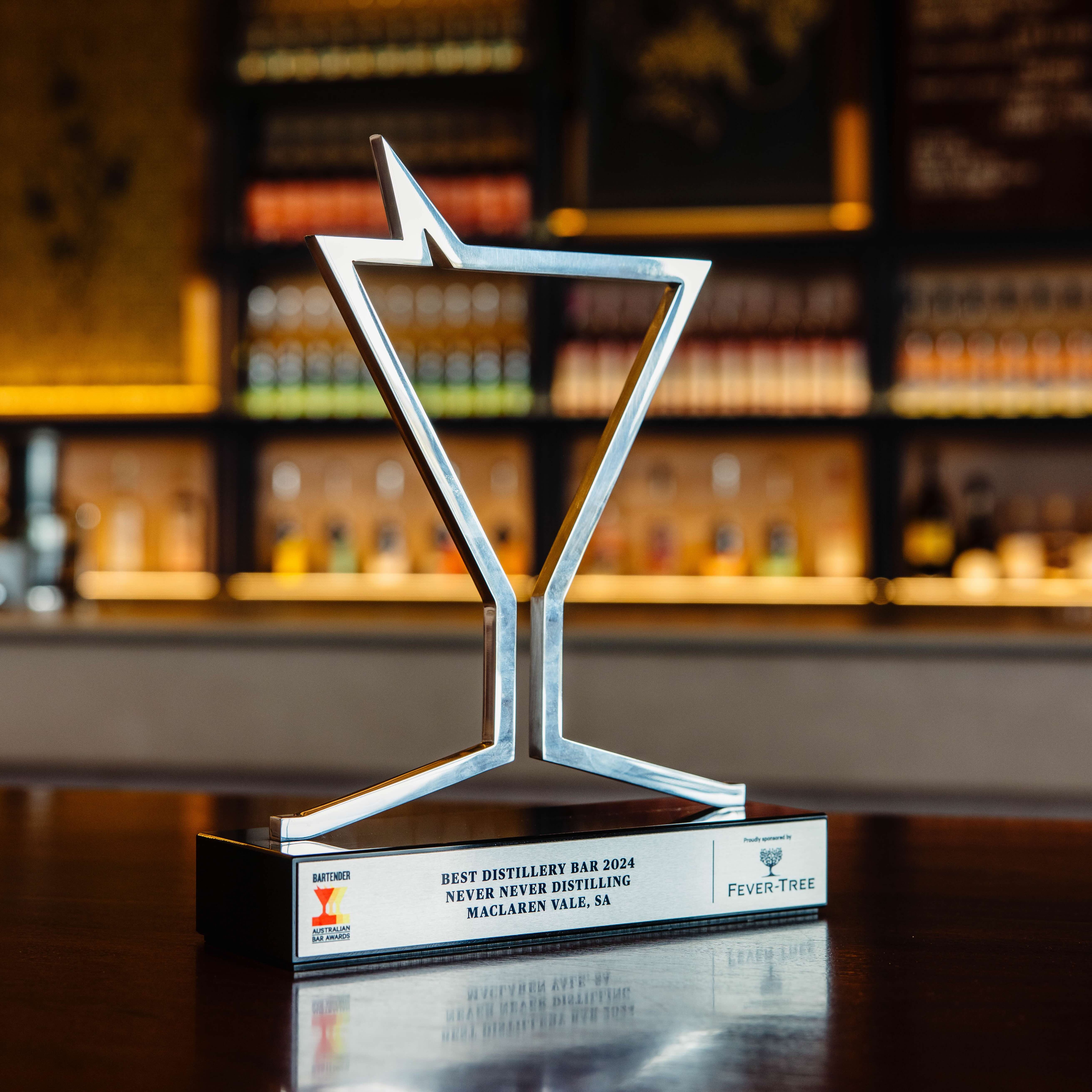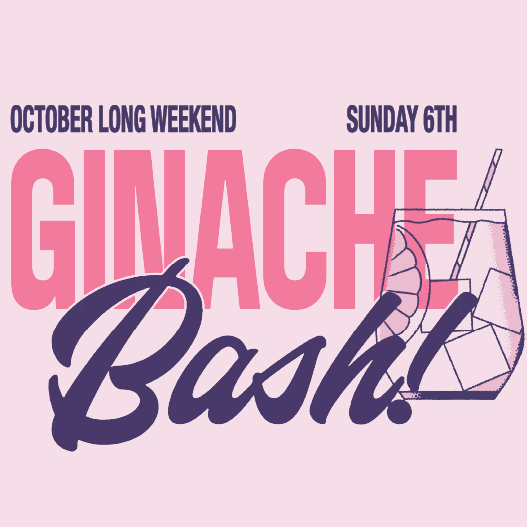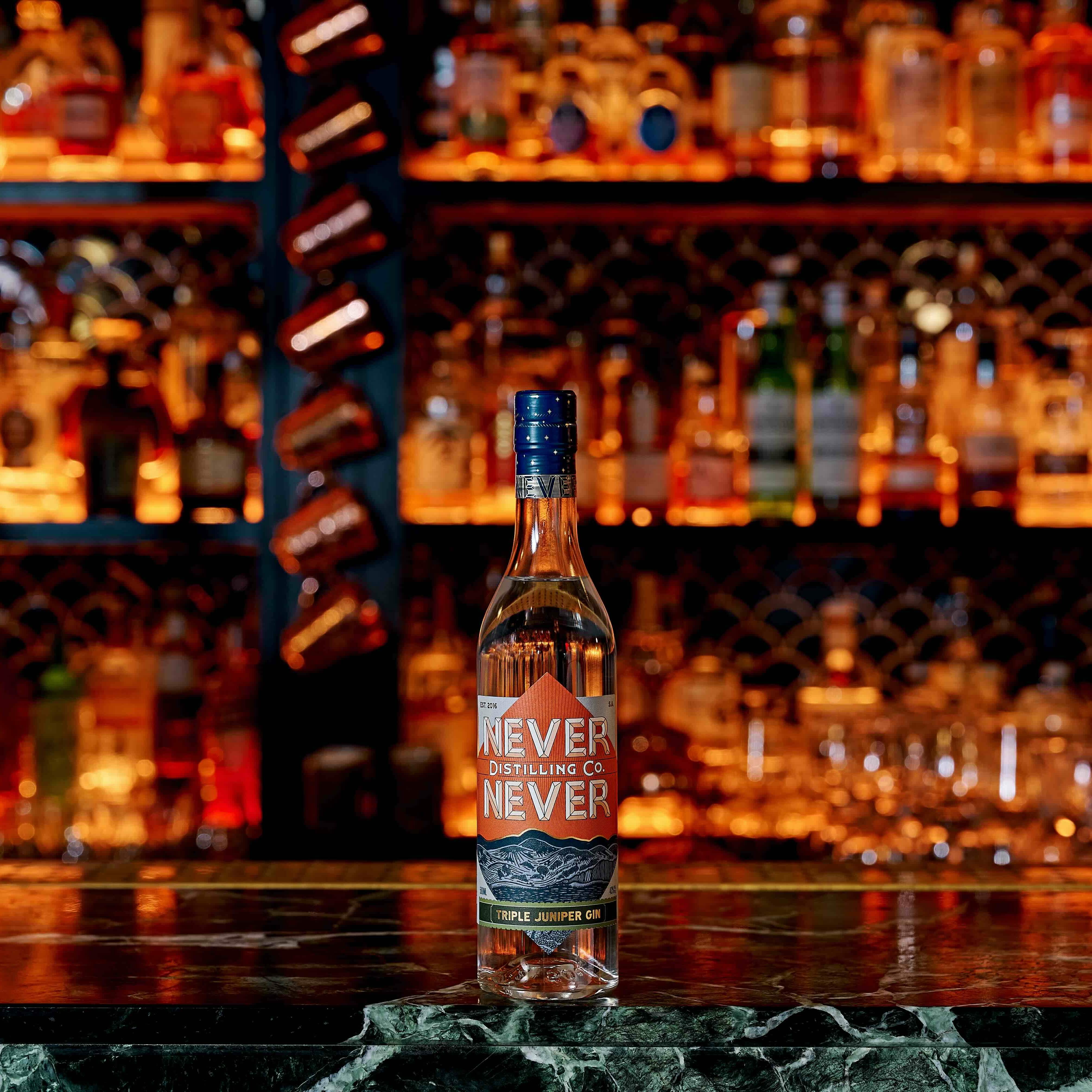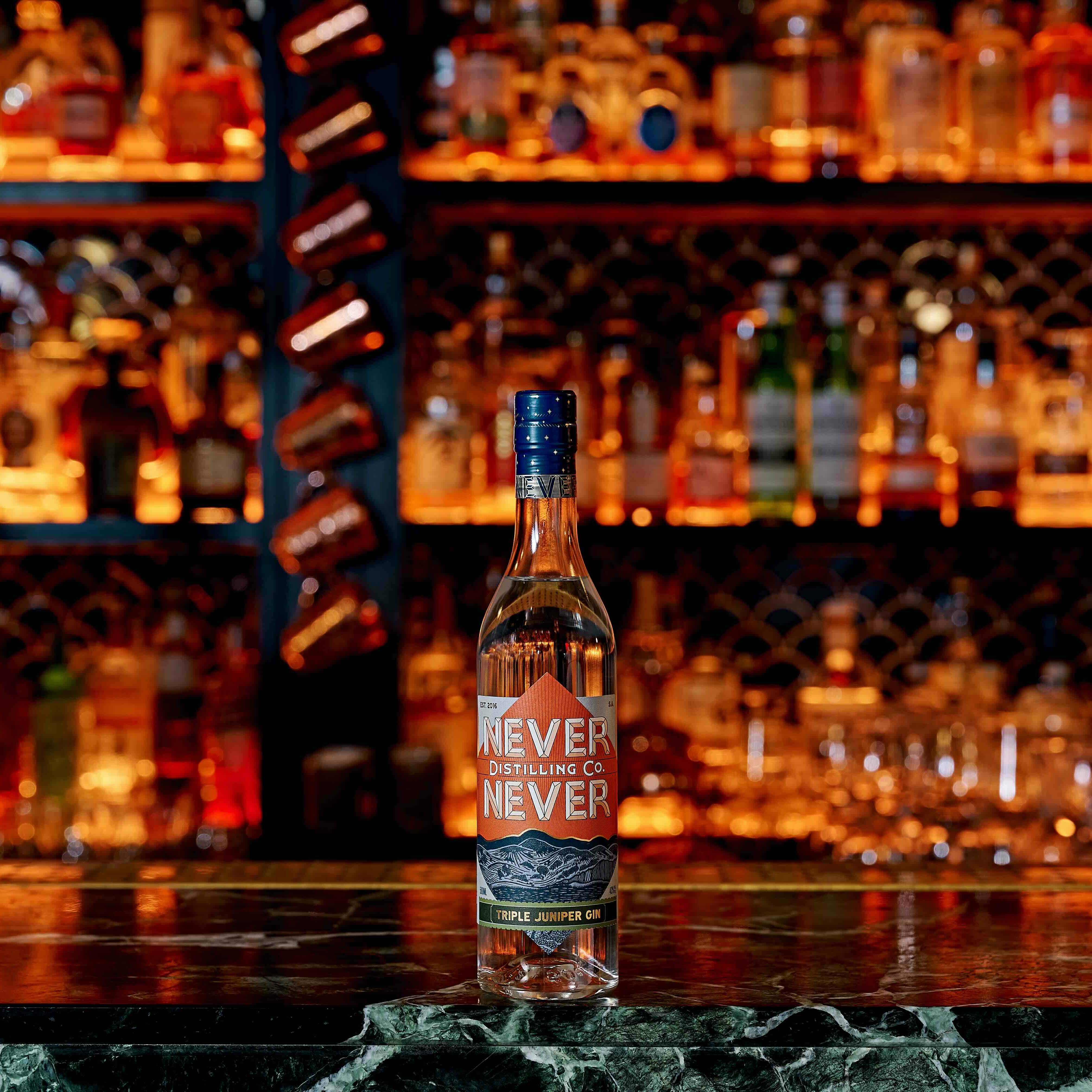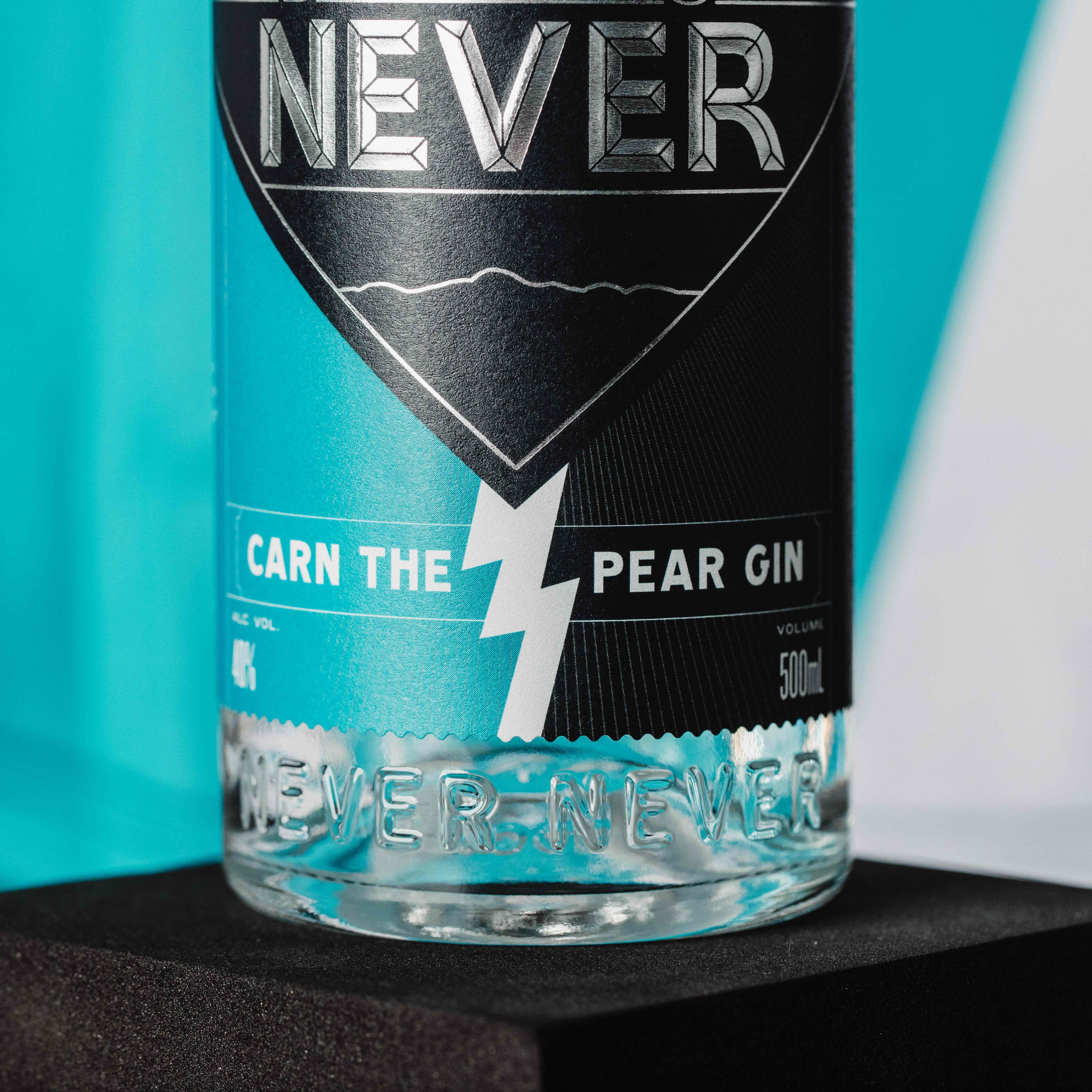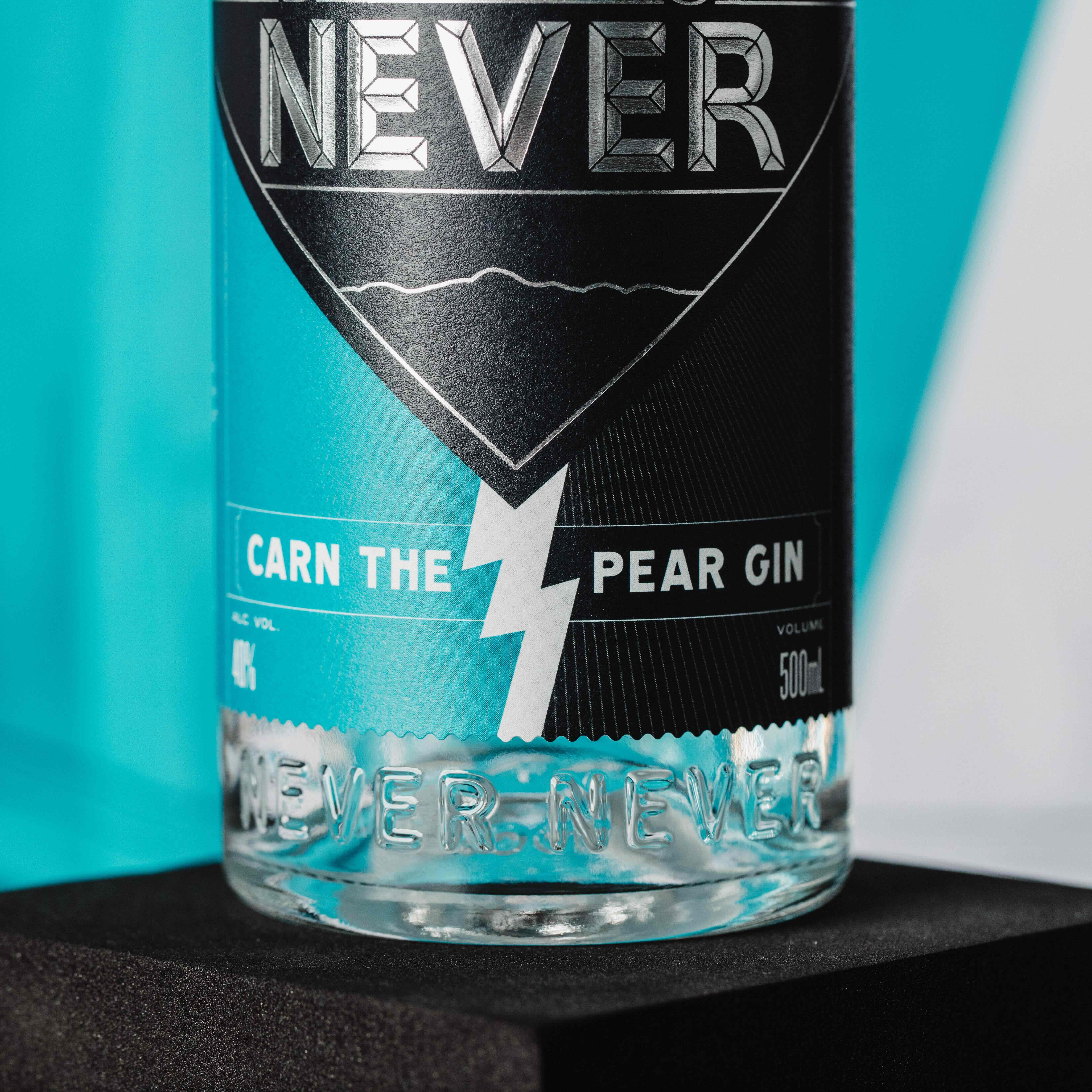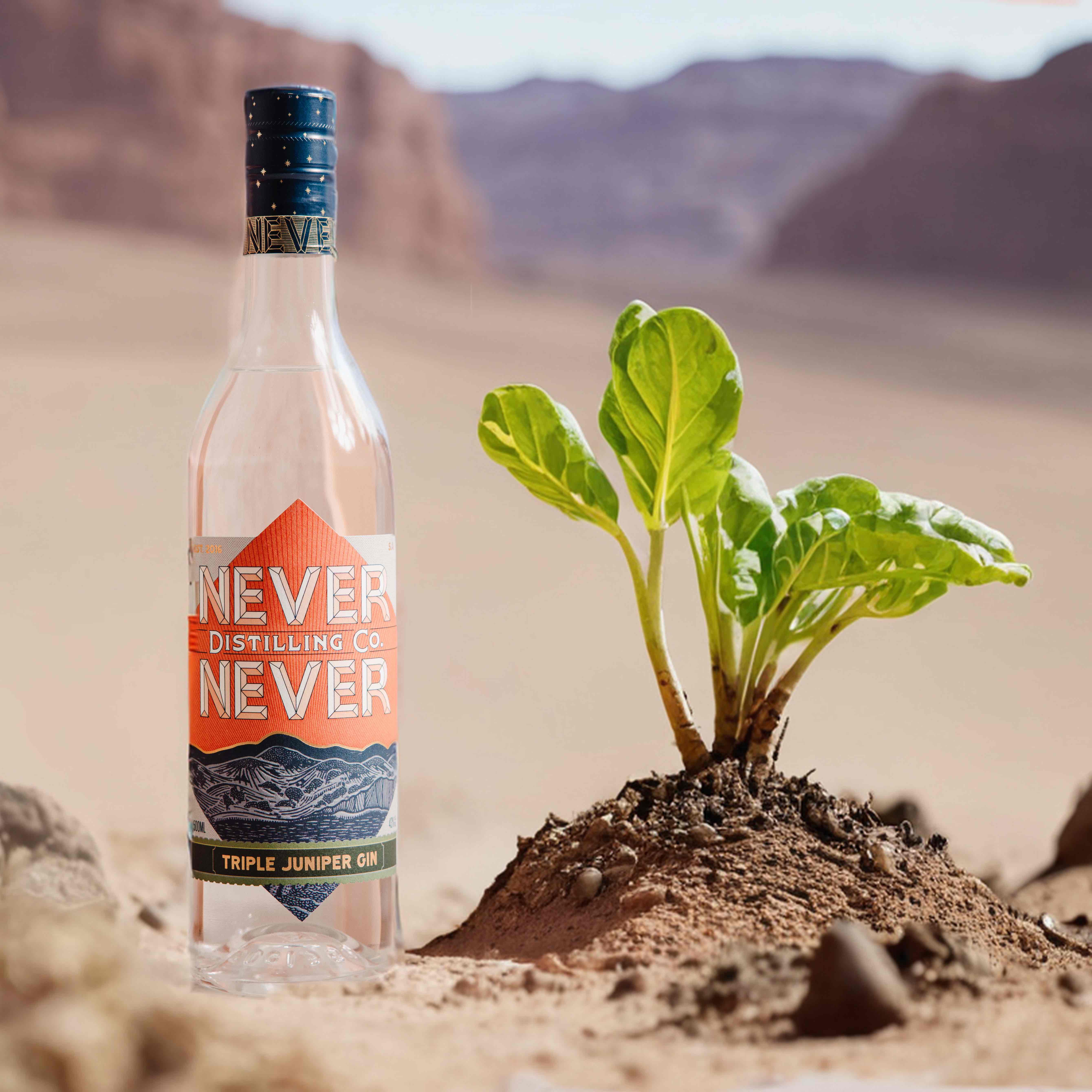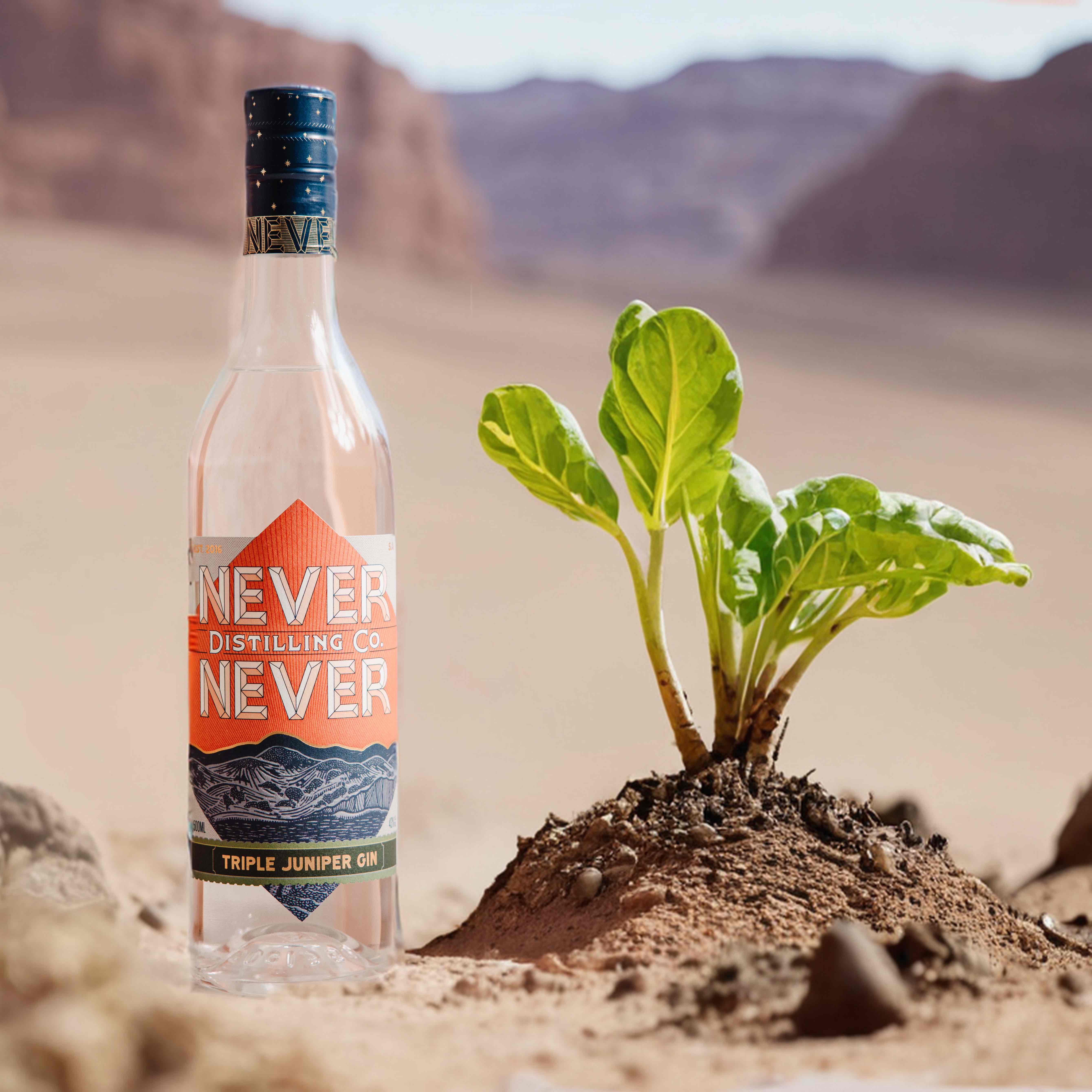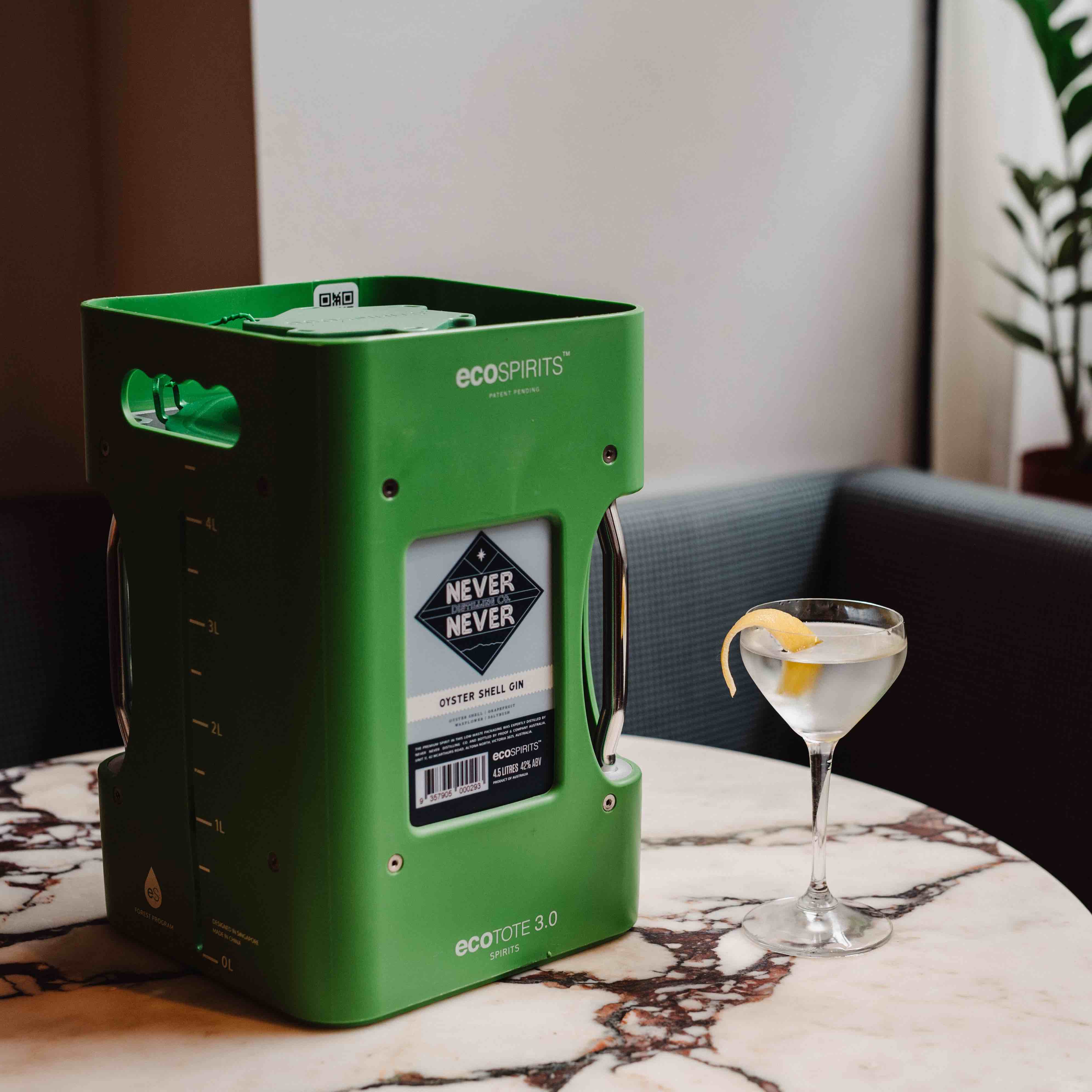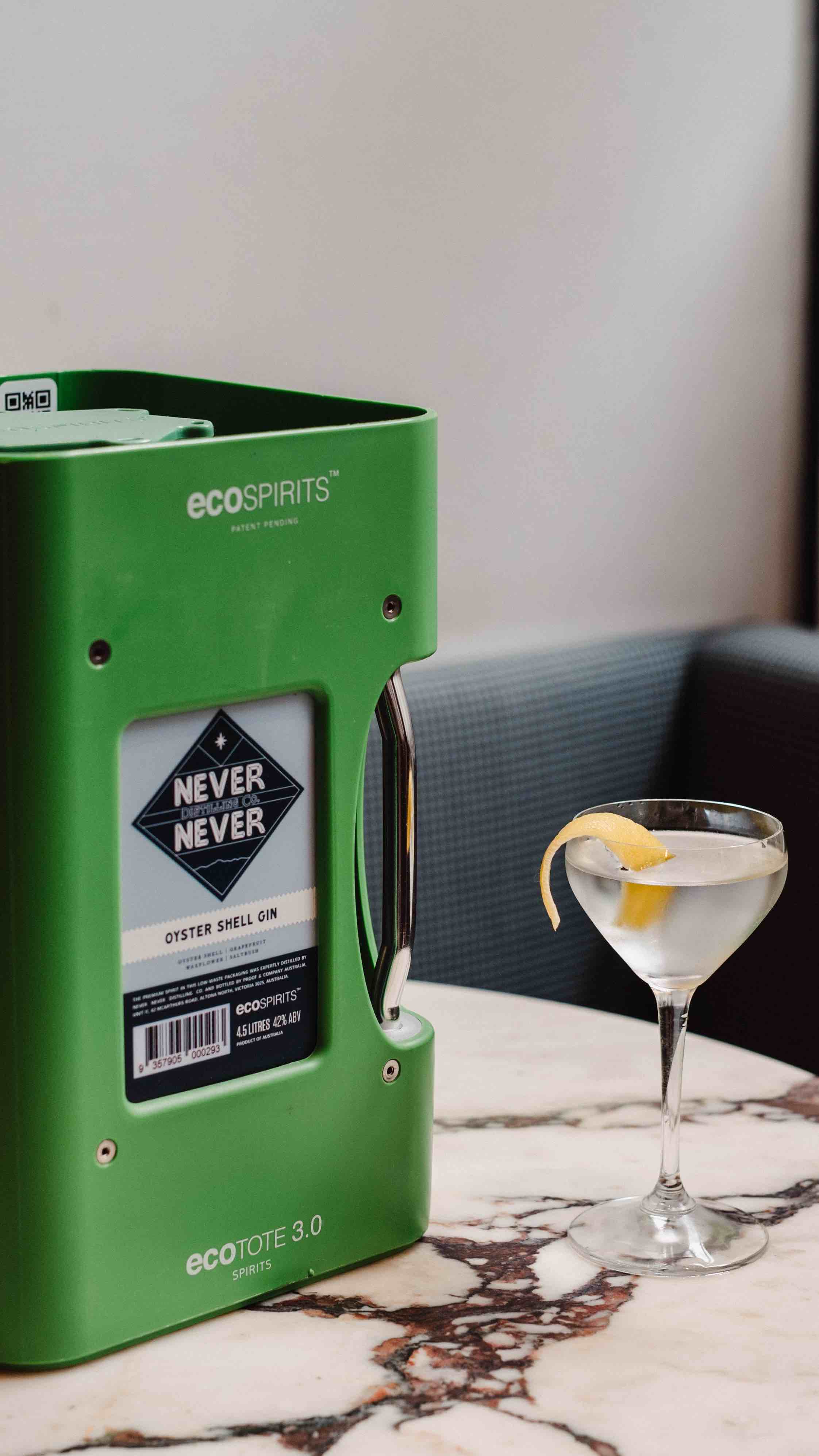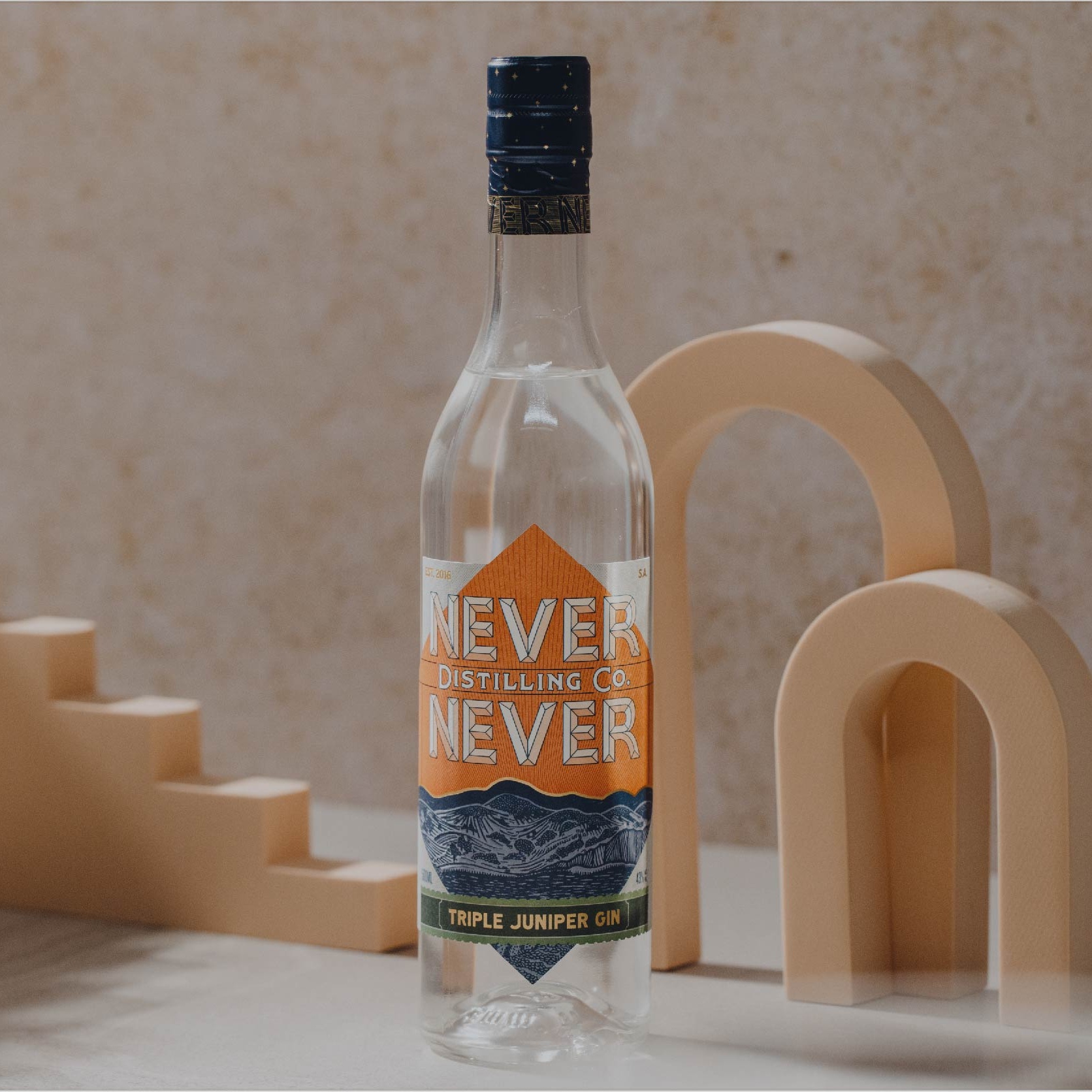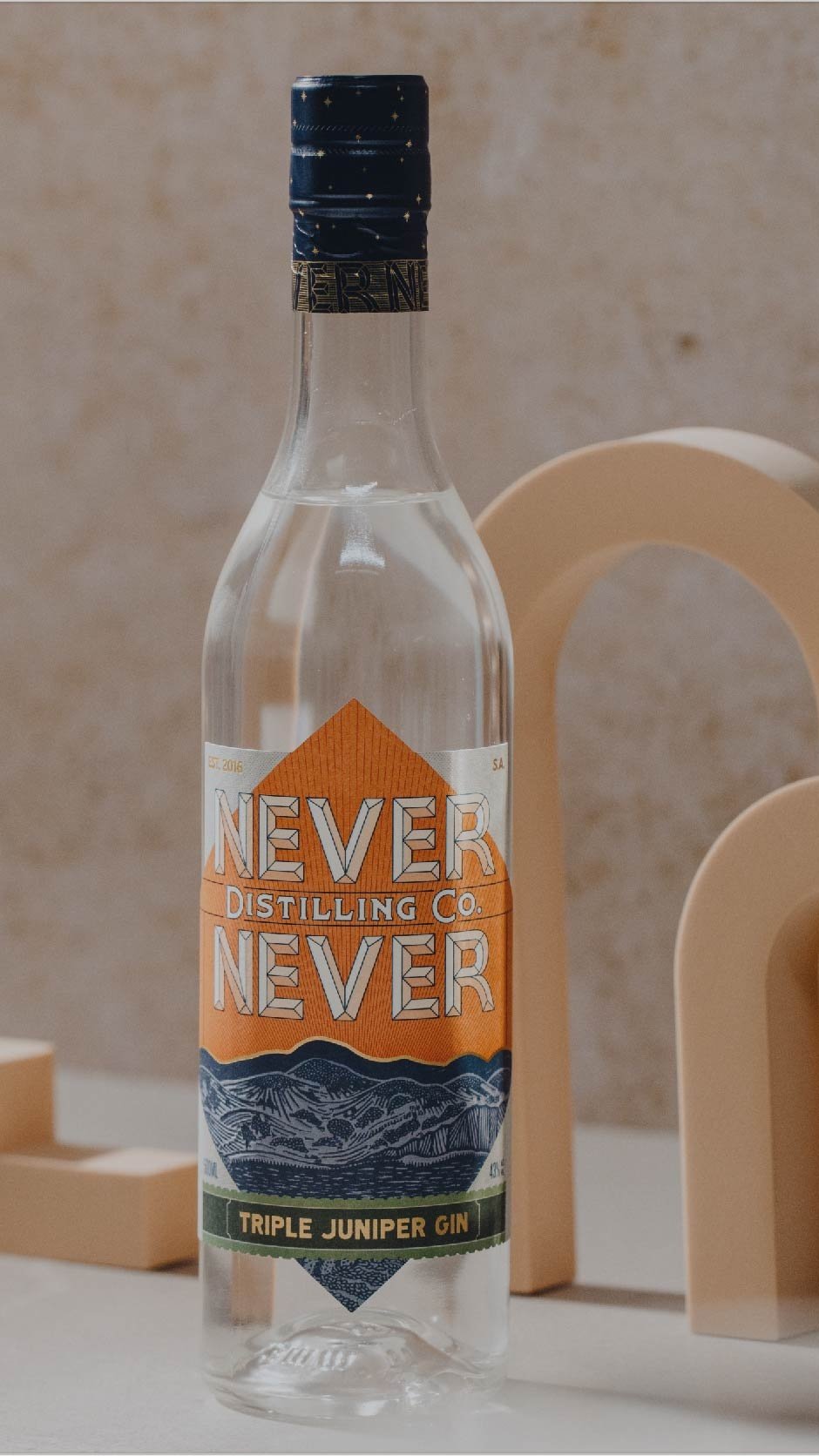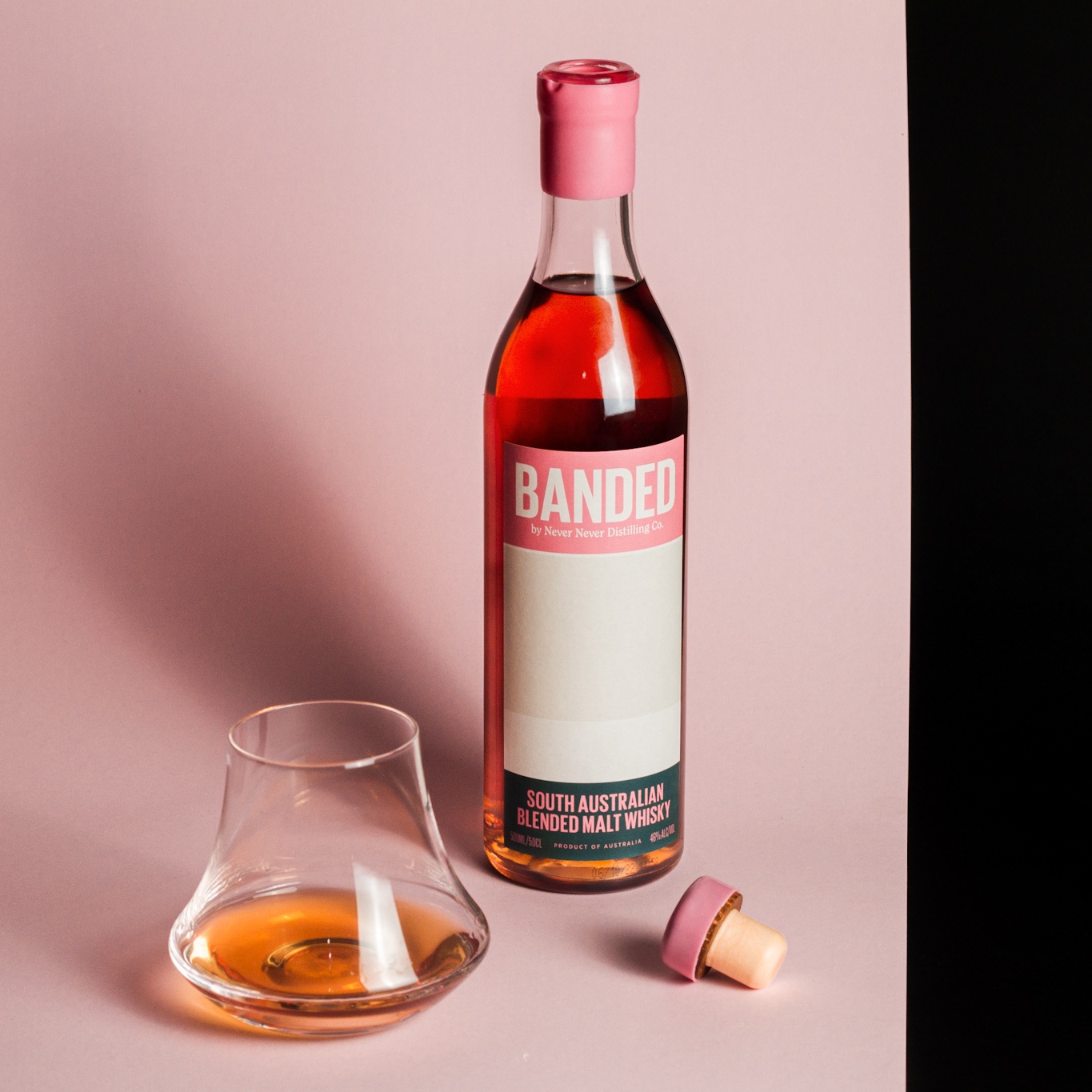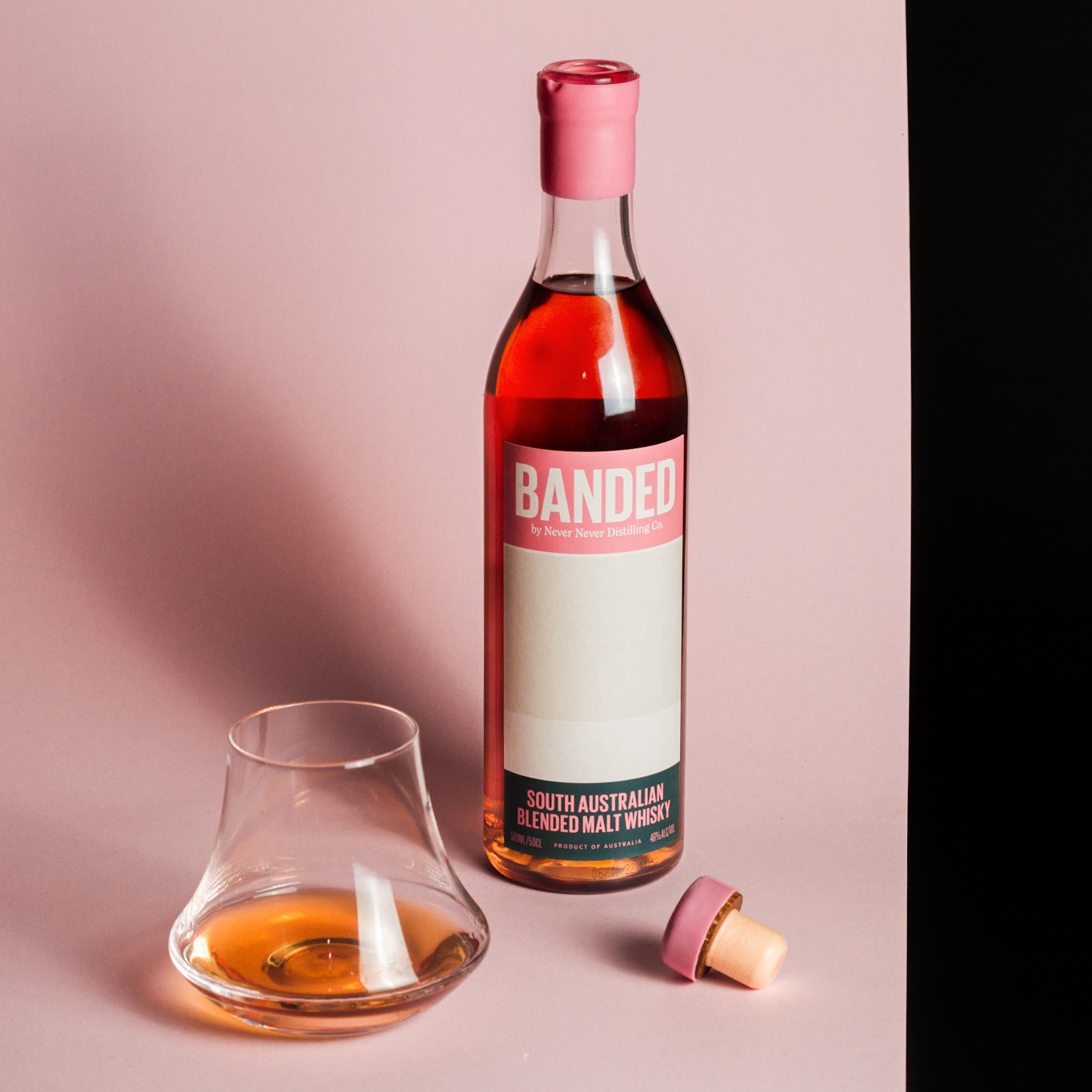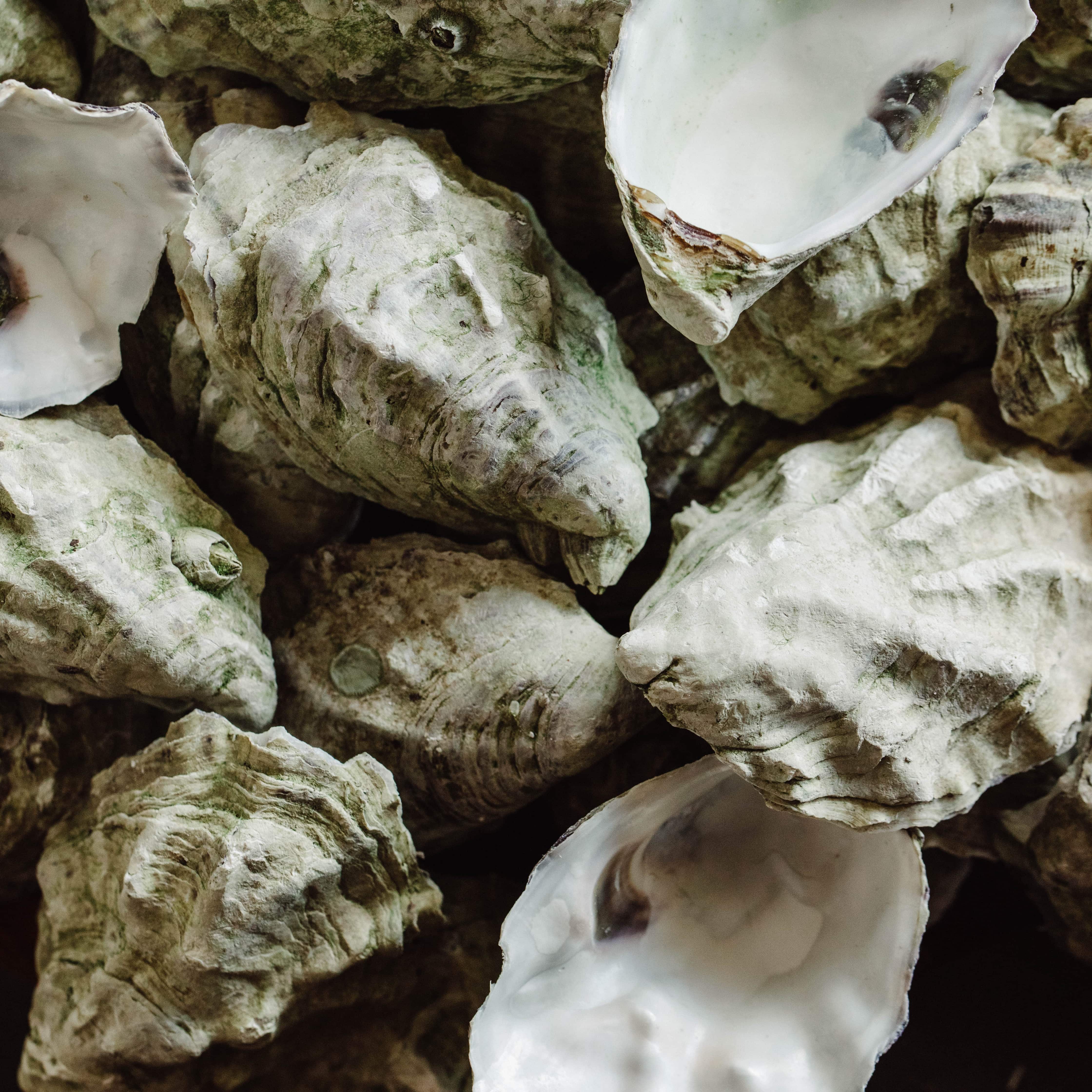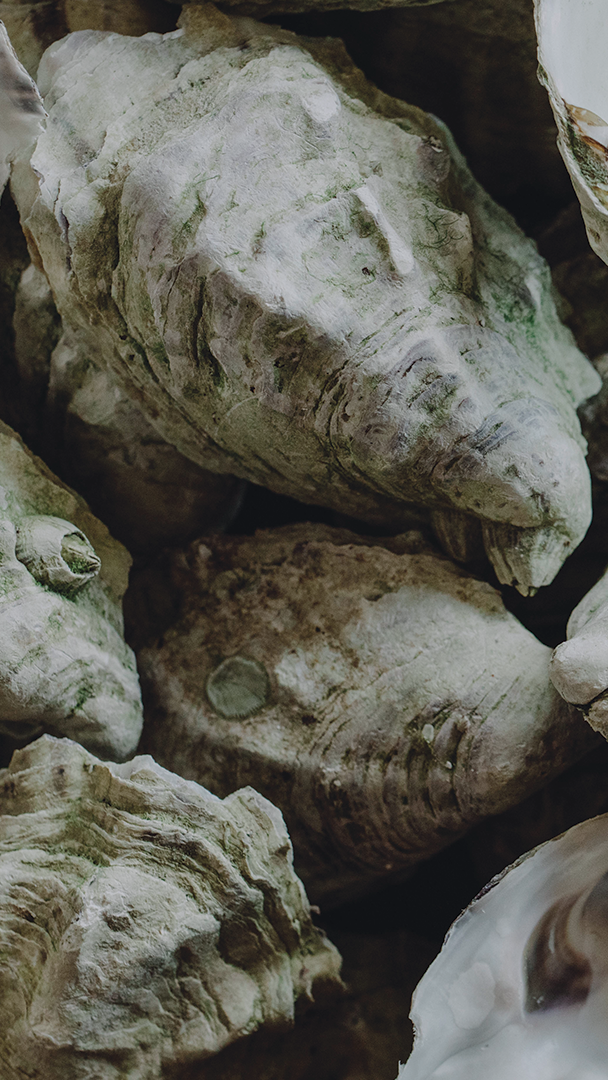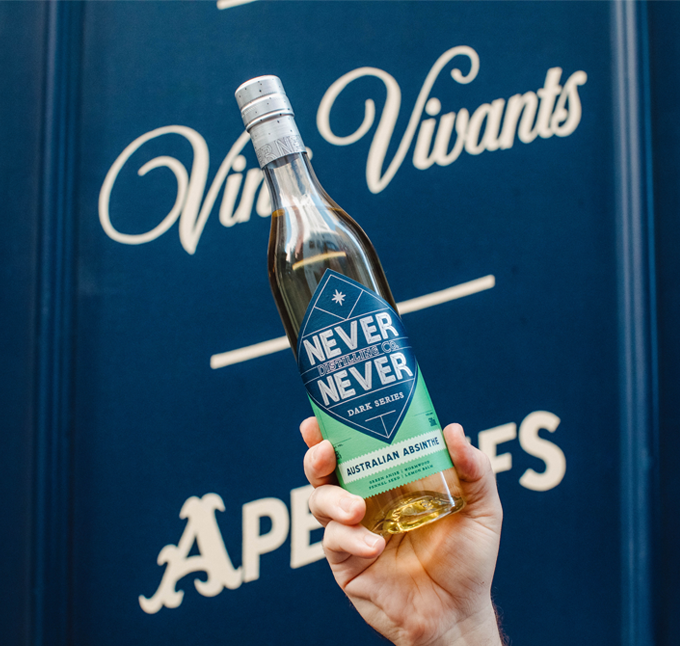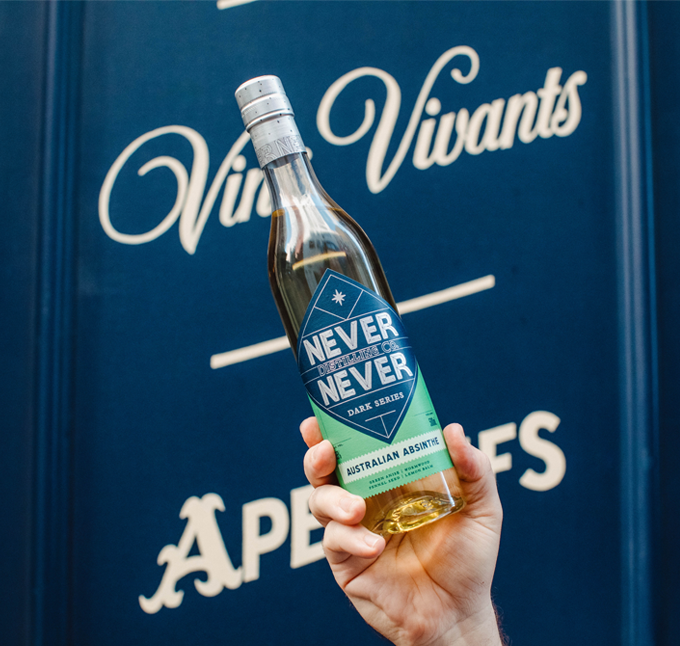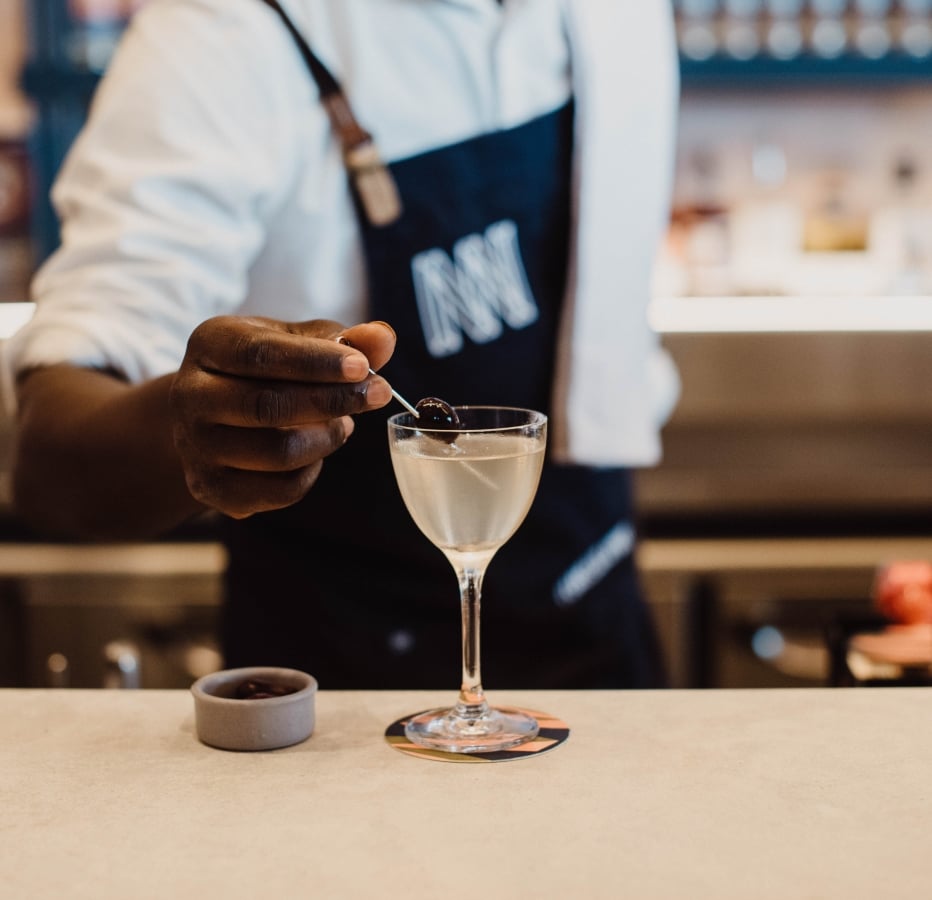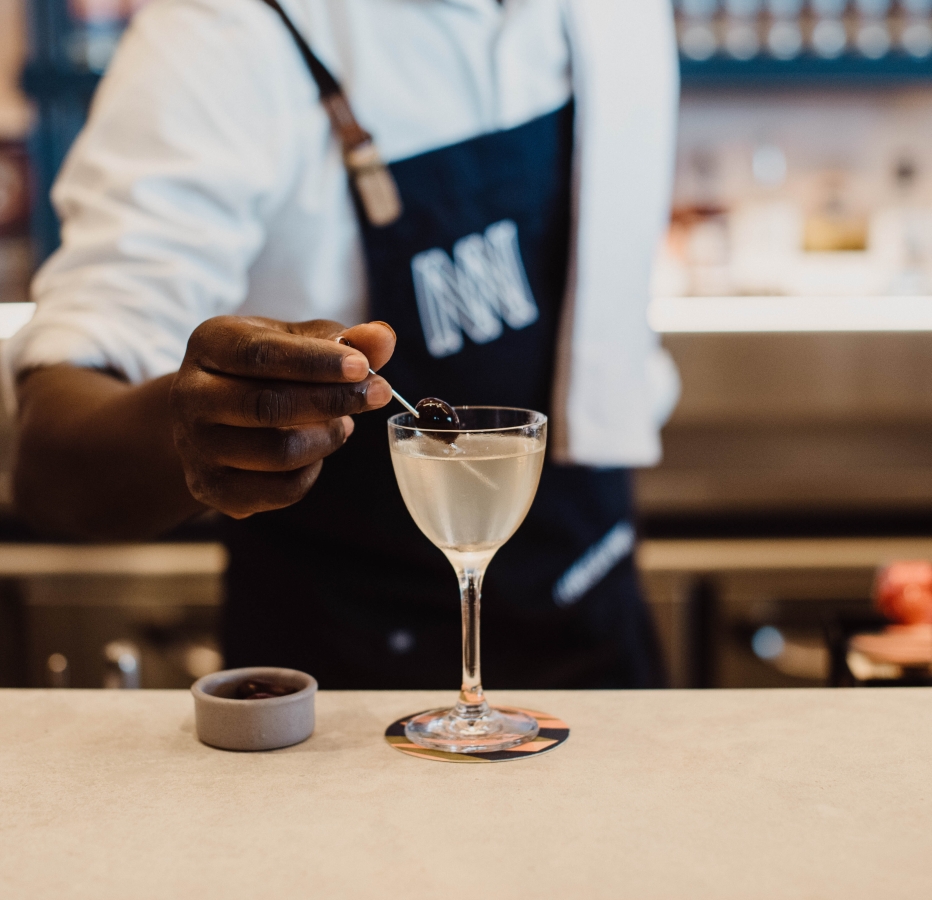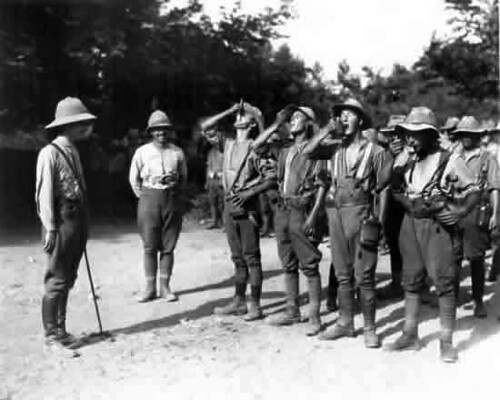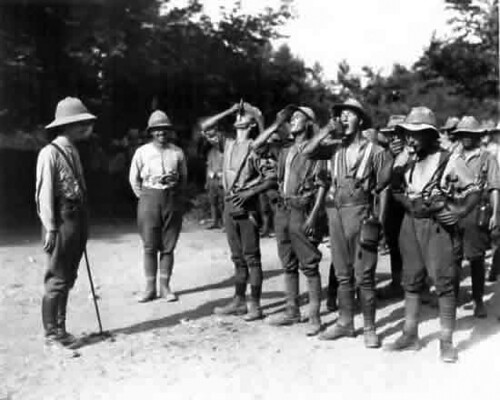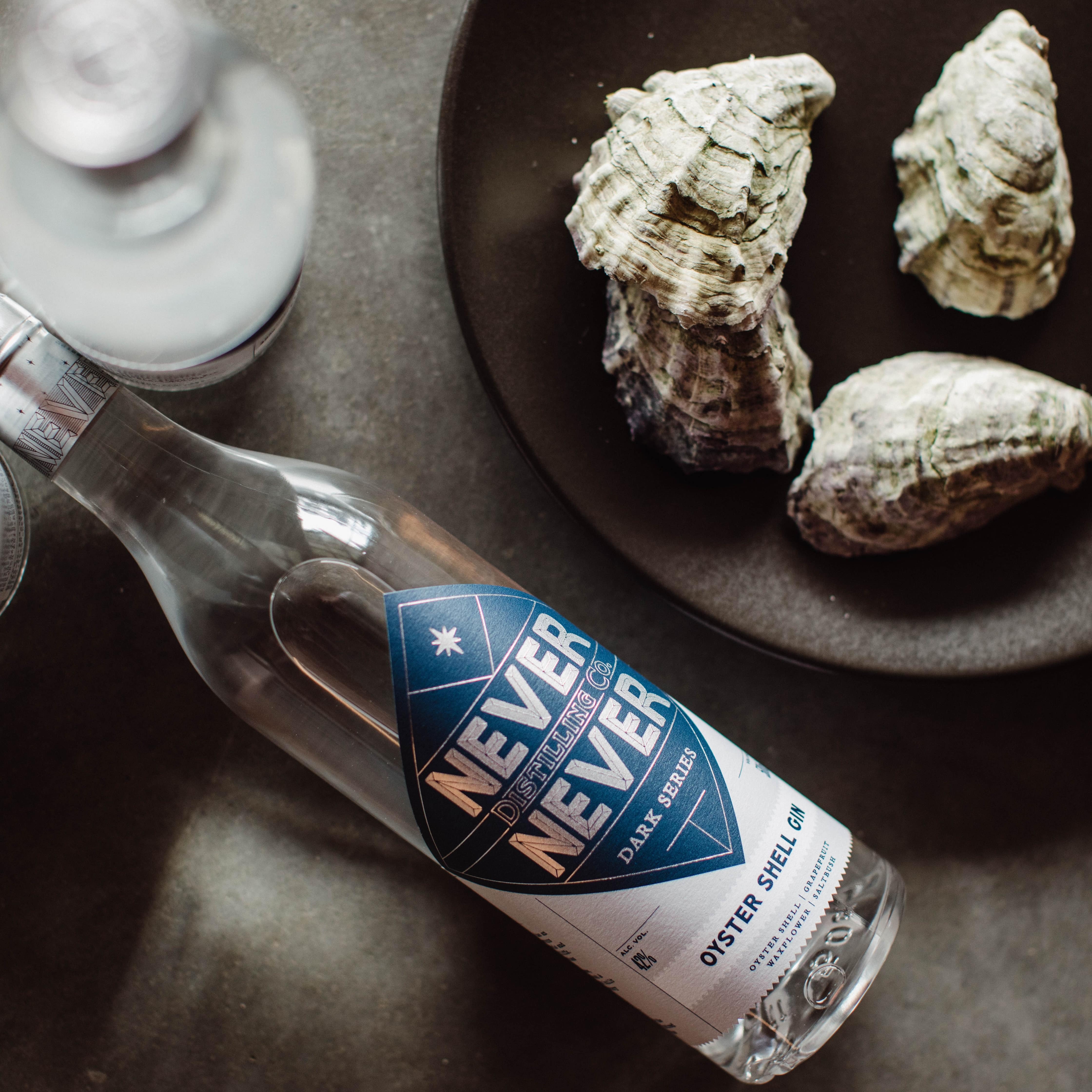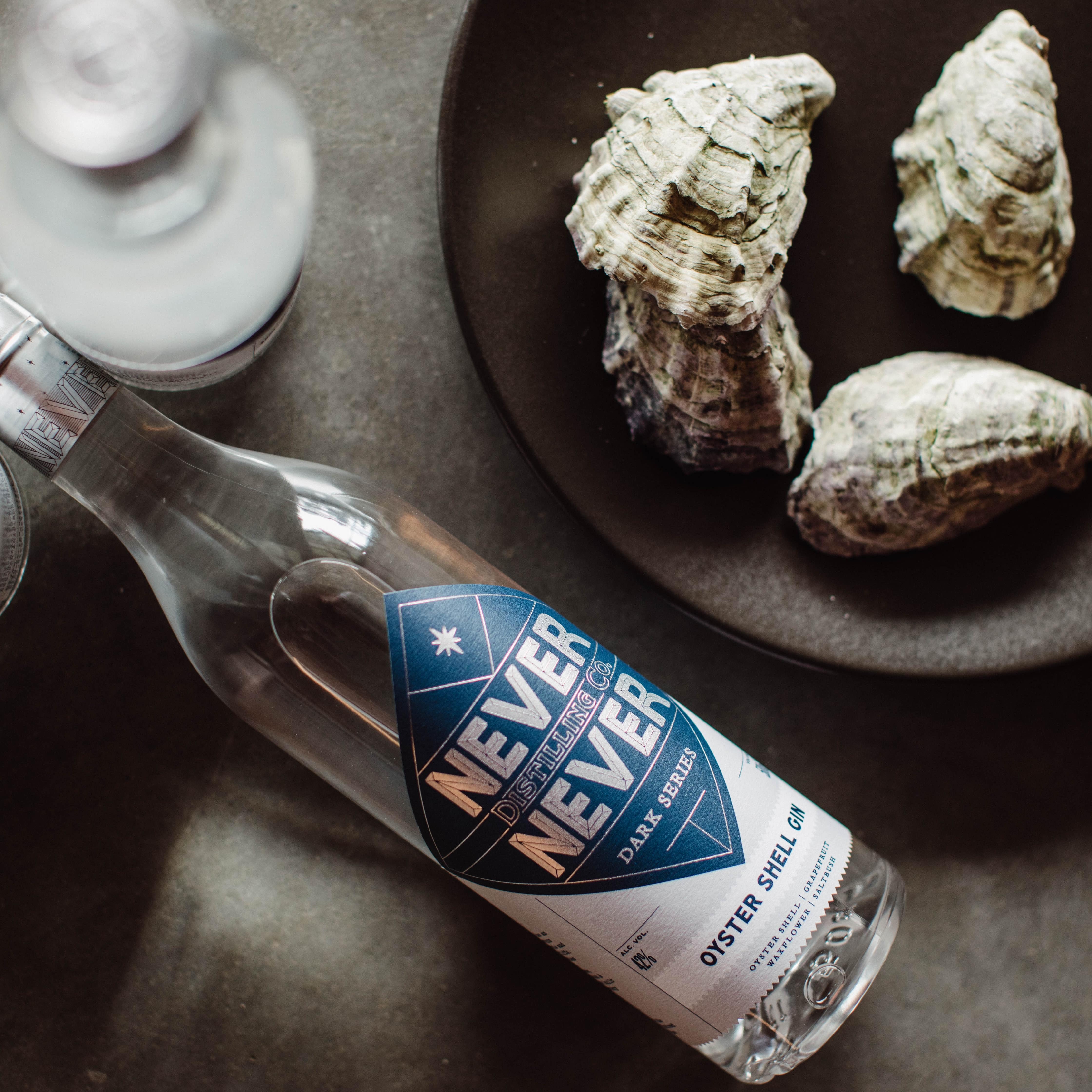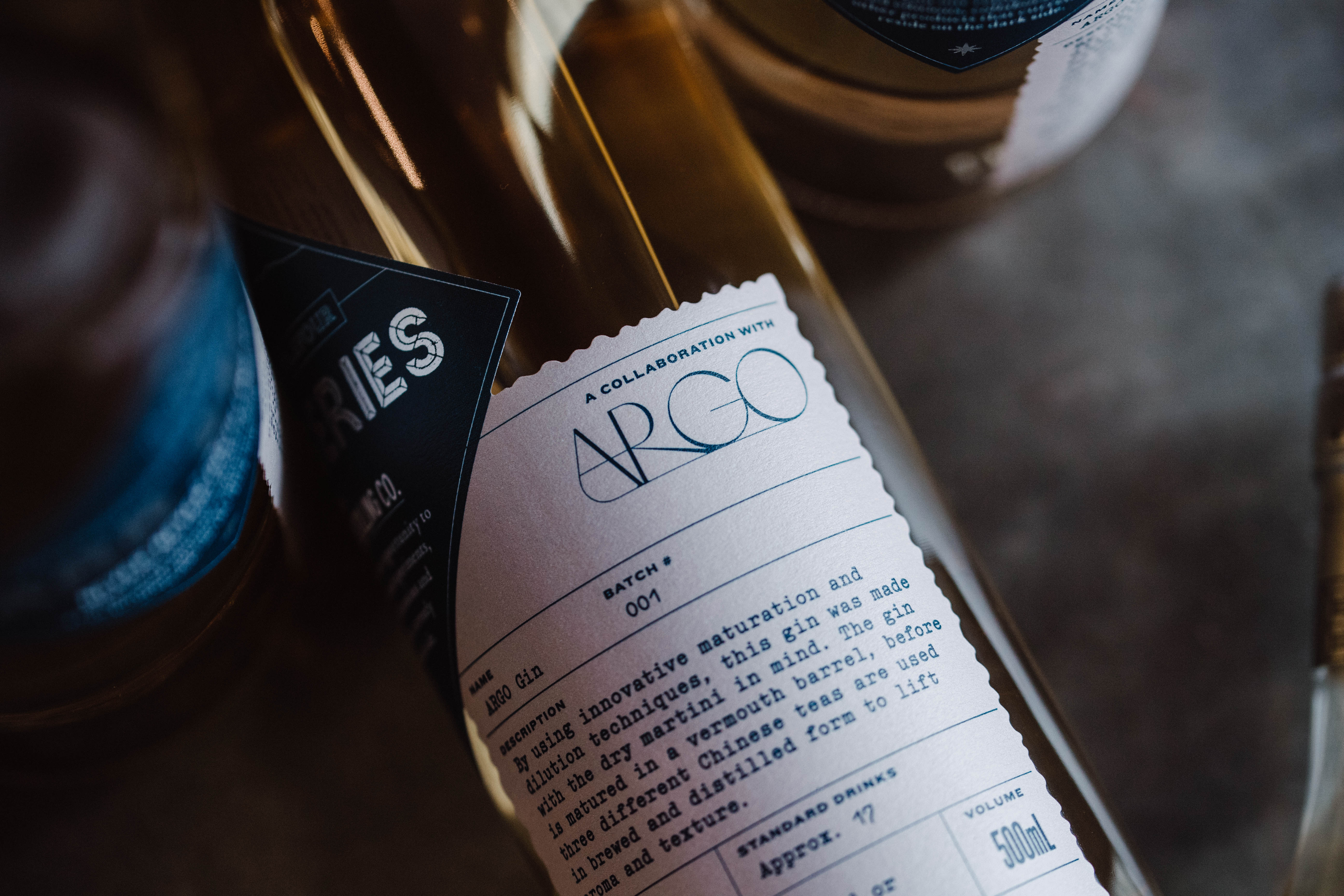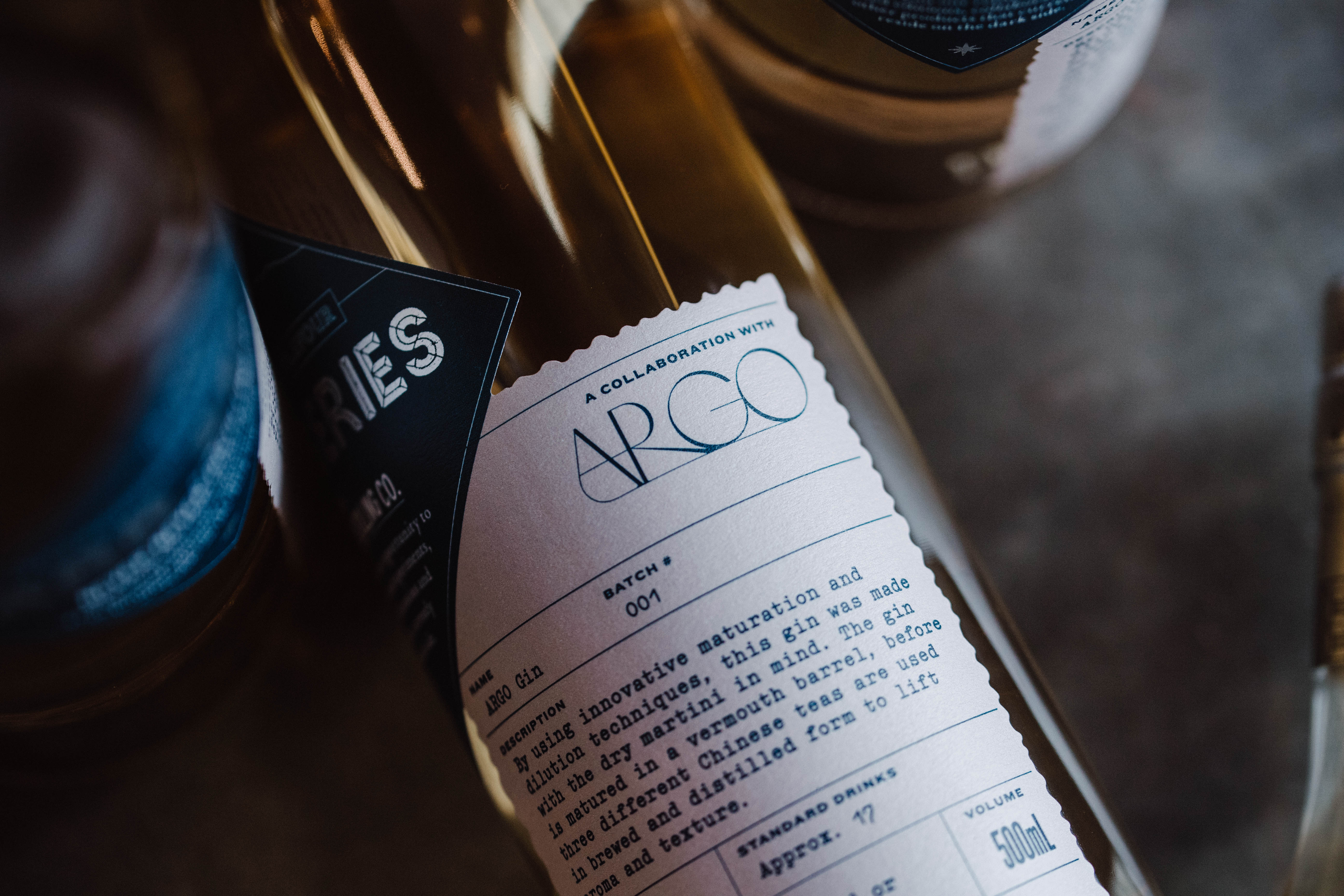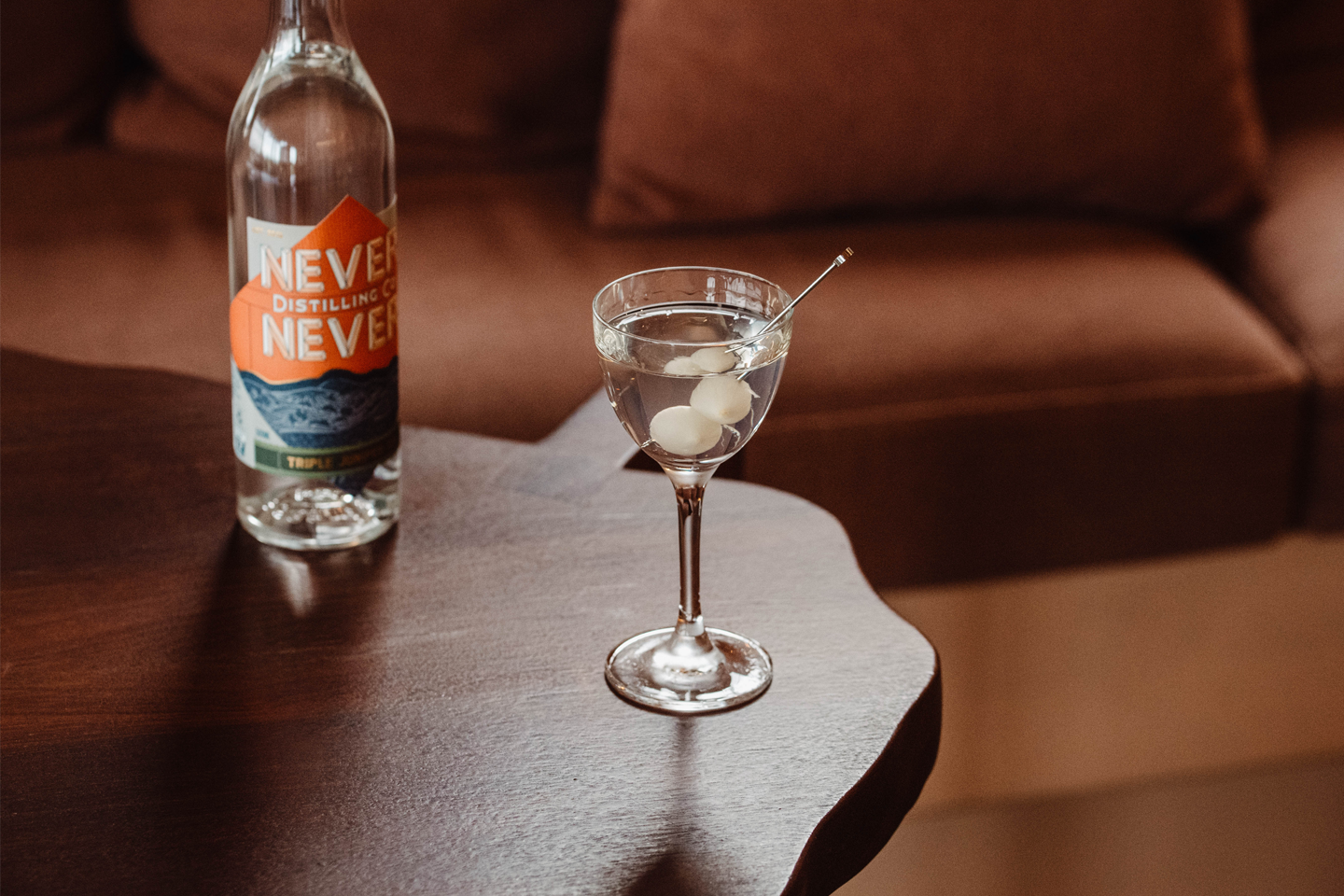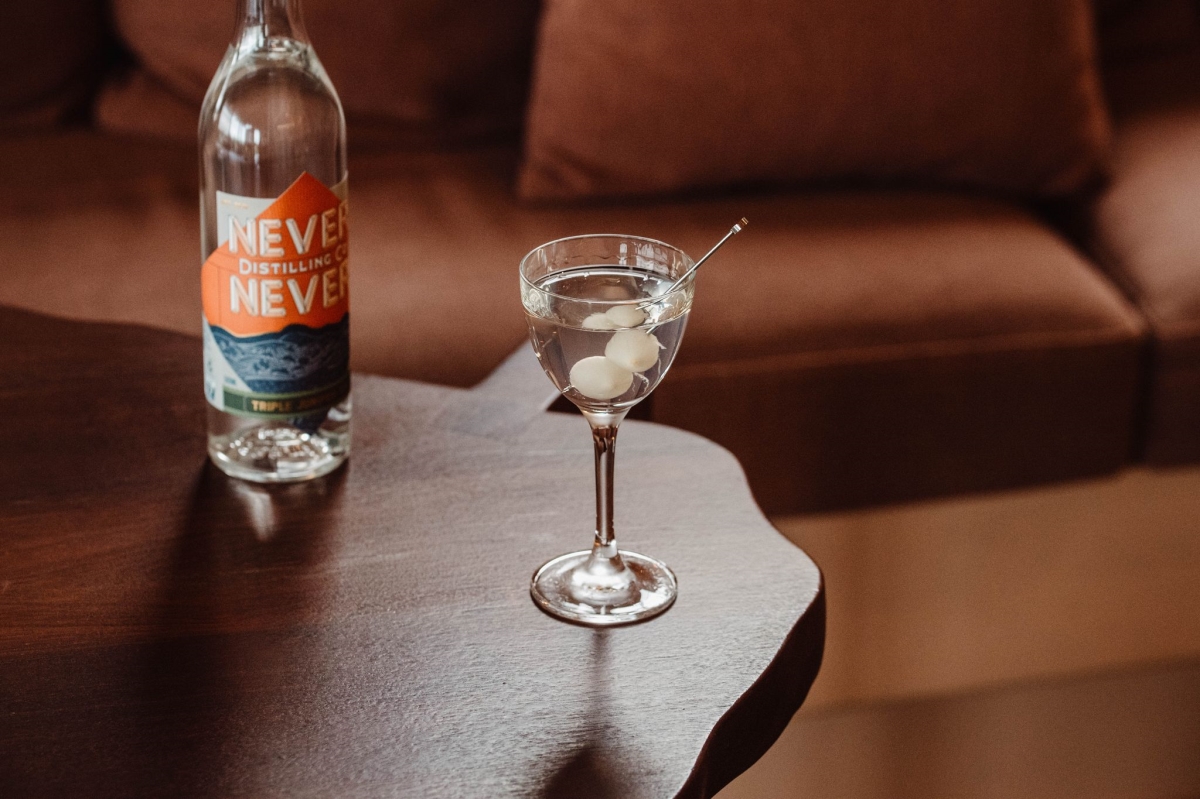12 March 2022
The Science Of The Gin & Tonic
There's more to your G&T than just the G and the T - it's flavour chemistry on a molecular scale.
What exactly makes the combination of gin and tonic so good? A combination greater than the sum of its parts. Well, it’s deeper than just flavour - it’s straight up science.
Molecules in gin and tonic water naturally attract to form ‘aggregates’ - these are compounds that when combined form new molecules that taste completely different from the individuals.
Even the bubbles help to deliver more flavour by transporting the aggregate molecules up the liquid and into the flavour receptors in your mouth and nose.
our Triple Juniper Gin contains so much juniper character that it harnesses a molecular marriage like no other.
These flavour molecules come from botanicals that are infused into the gin during distillation - particularly alpha pinene & limonene which can be found in juniper. It’s the unique shape of these compounds that perfectly fits the structures in quinine, which gives tonic water its unique bitter taste.
The shape of these molecules allows them to bond, marry, and create the classic gin and tonic flavour that you know and love.
Juniper Berry
A-pinene & Limonene.
Juniper is the traditional backbone of gin and is processed in the form of juniper berries. The two most significant aroma compounds found in juniper are a-pinene and limonene and as the names suggest are responsible for producing the pine and citrus characteristics found in gin.
Tonic Water
Quinine.
Quinine gives tonic water its signature bitter quality and was originally used for its antimalarial benefits rather than its taste. In fact, it was a British officer in the Indian army who first added sugar, soda water and gin to improve the bitter tonic and so created the first take on today’s G&T.

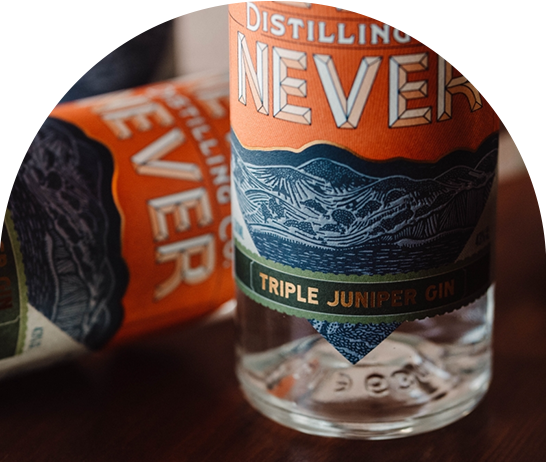
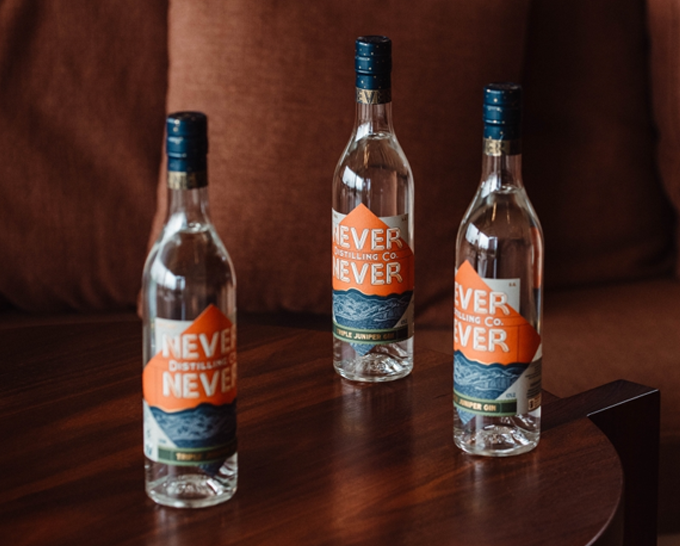
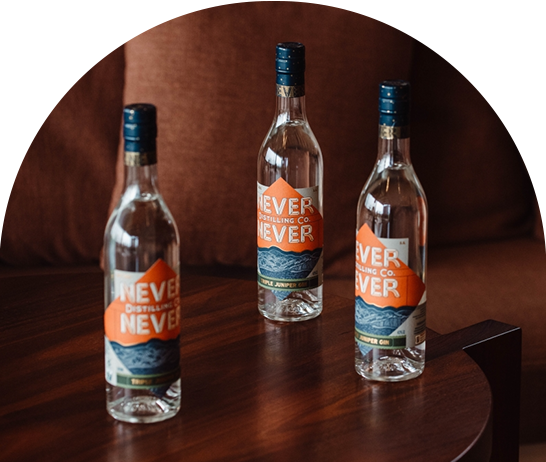

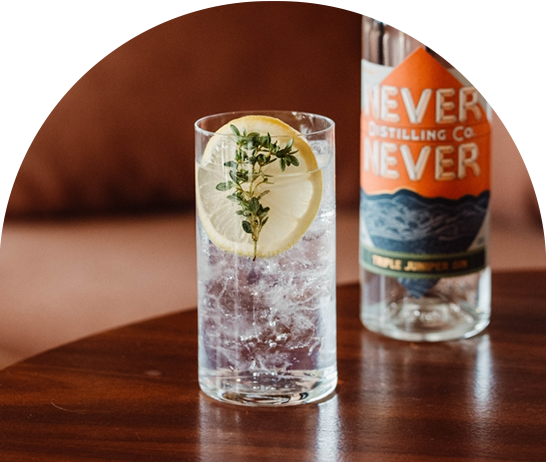
When life gives you lemons. make a never never triple juniper g&T.

Our signature Triple Juniper Gin combines three different distillation processes, each uncovering the bright and earthy qualities of juniper.

